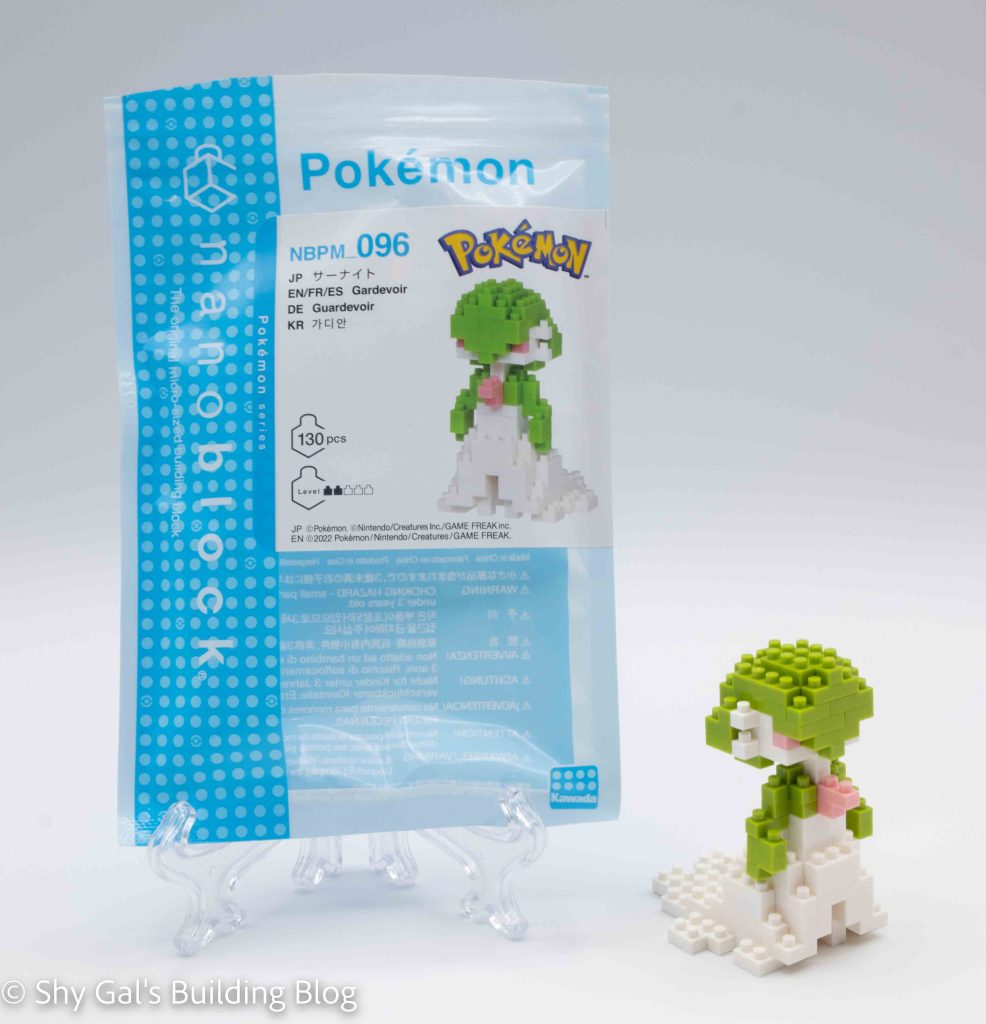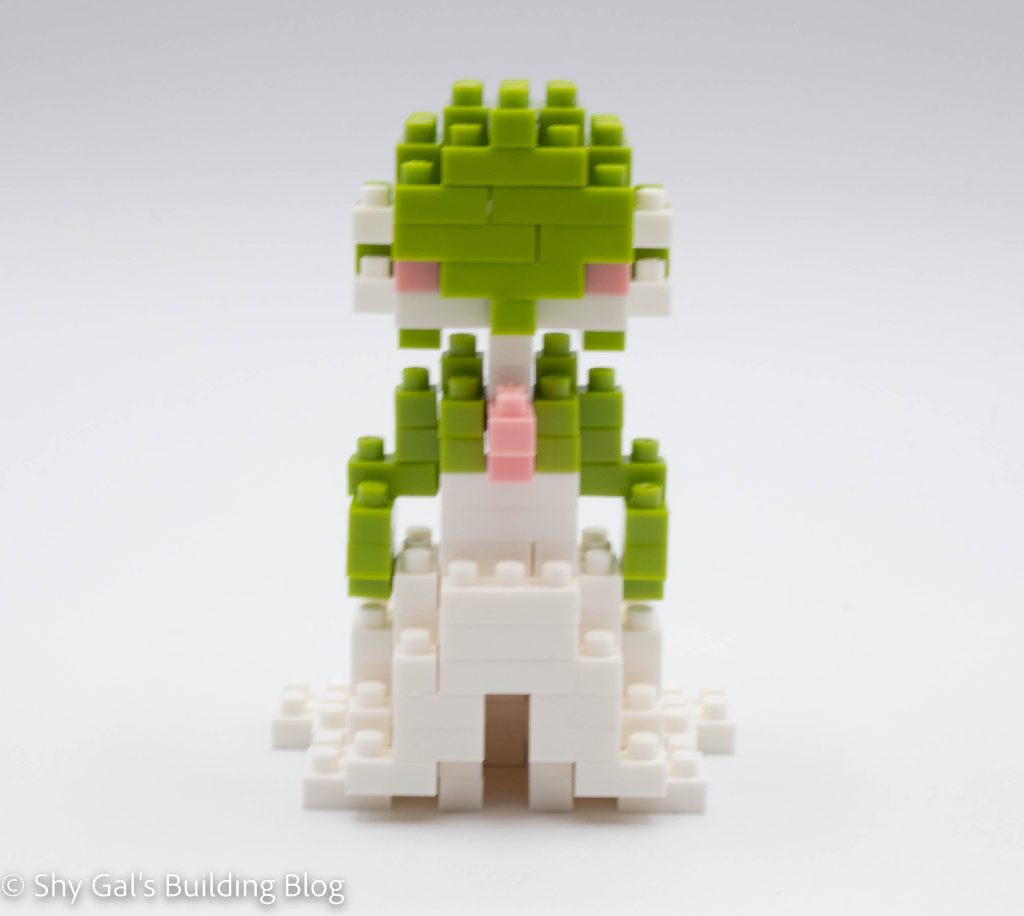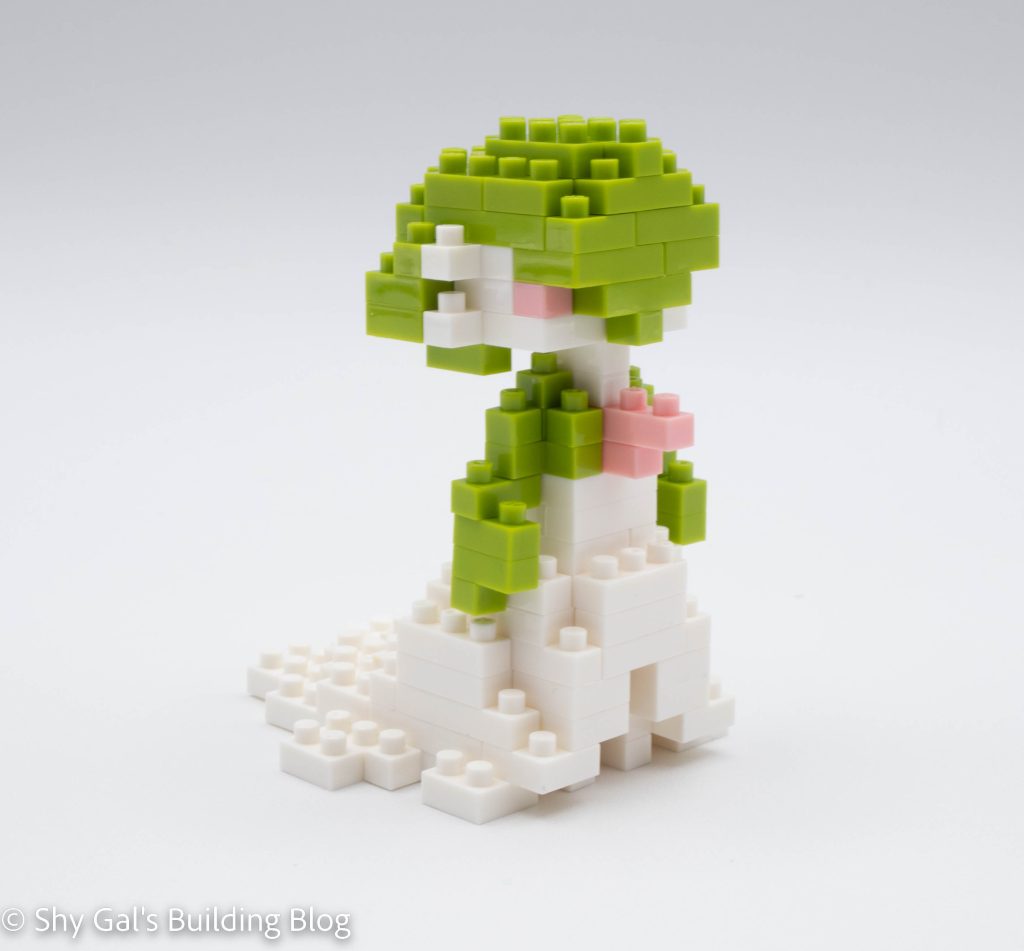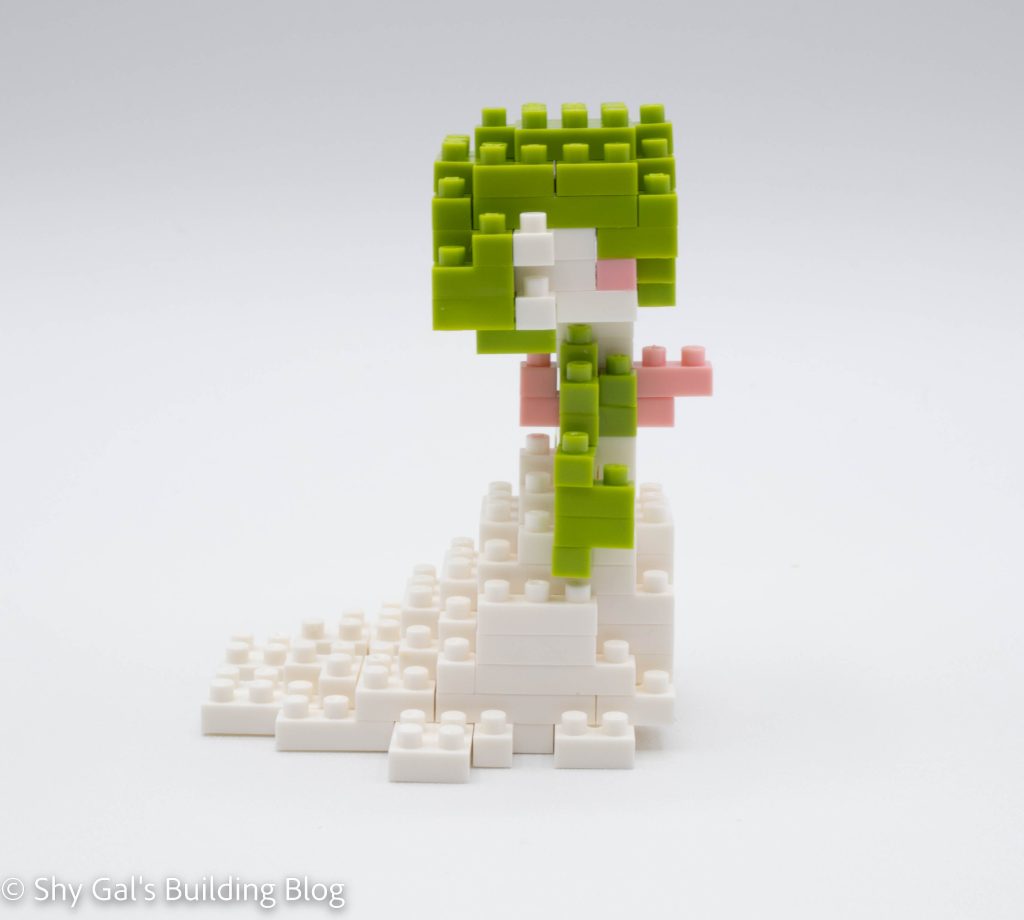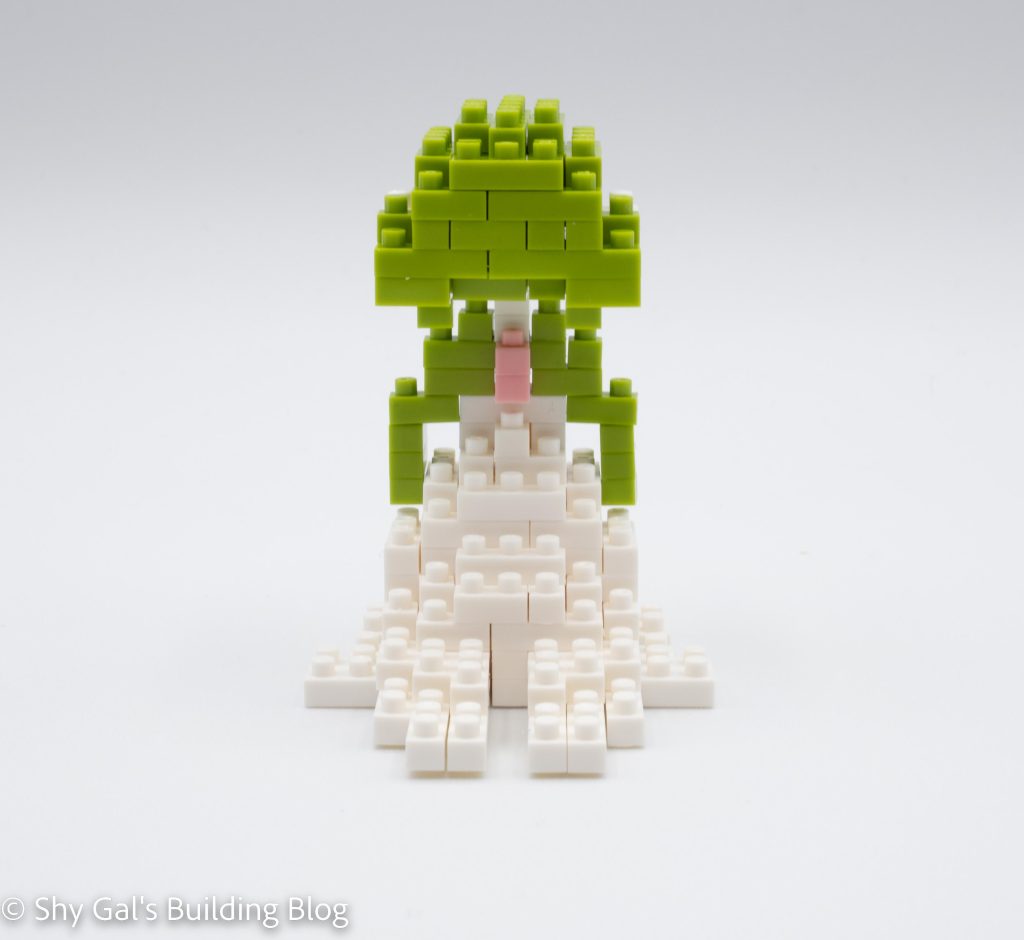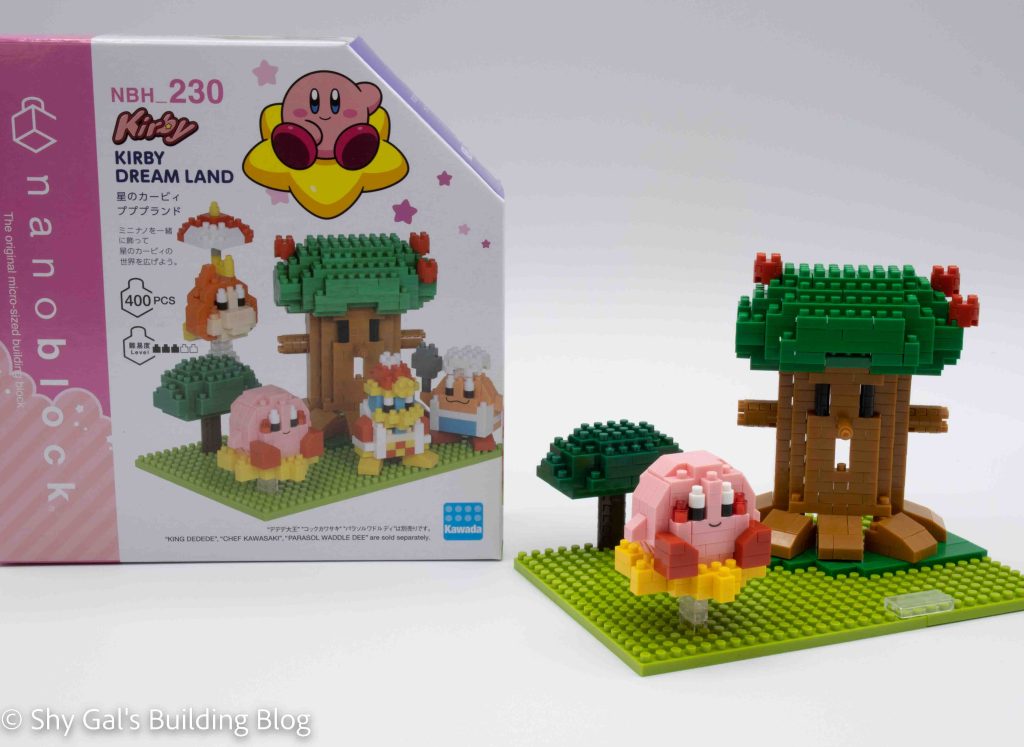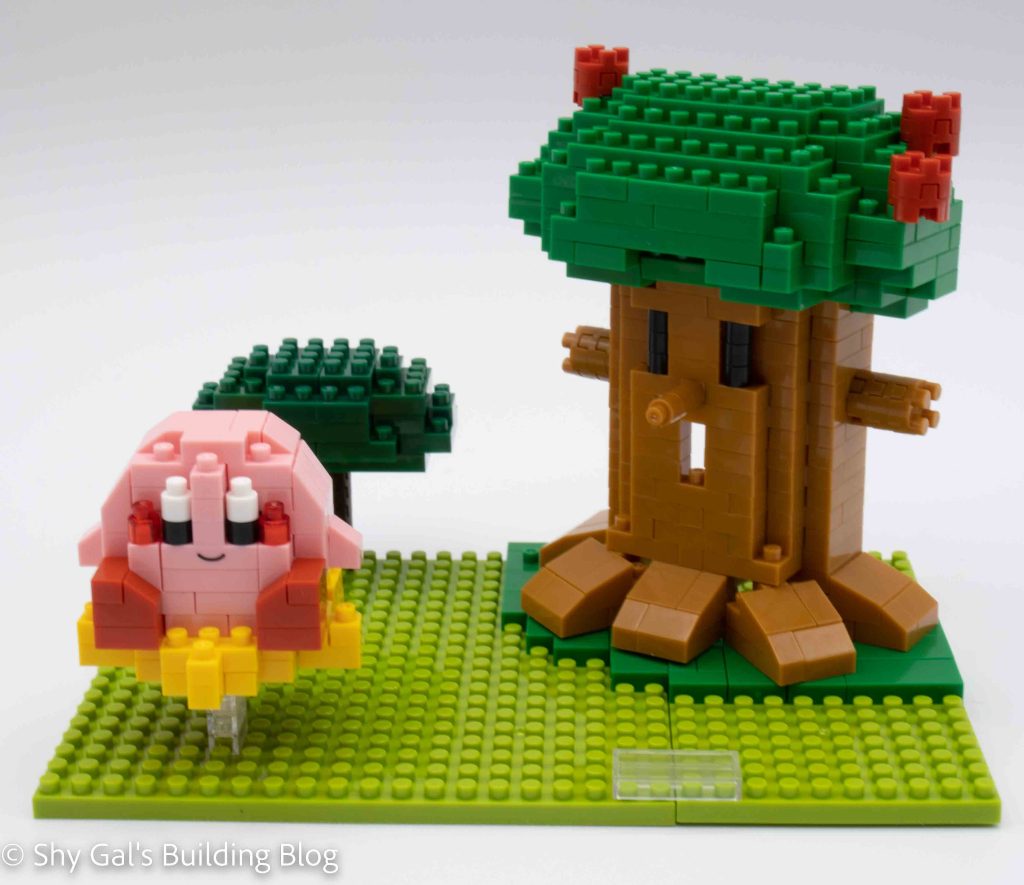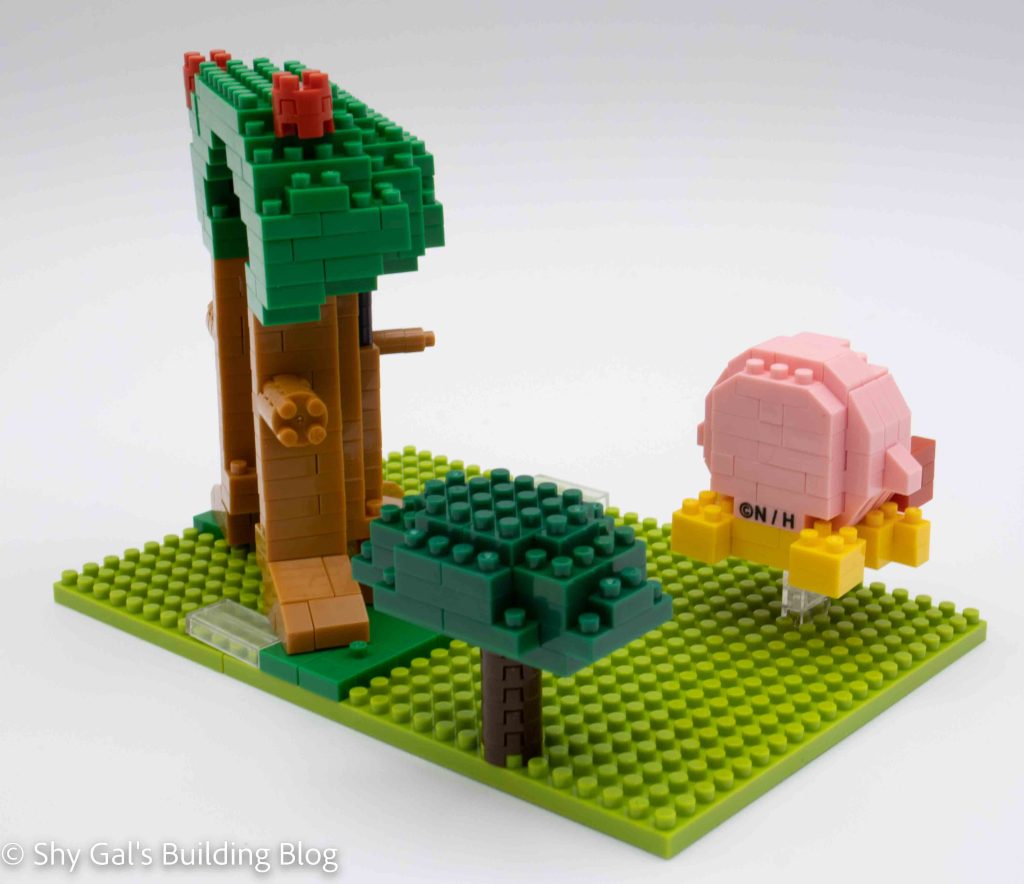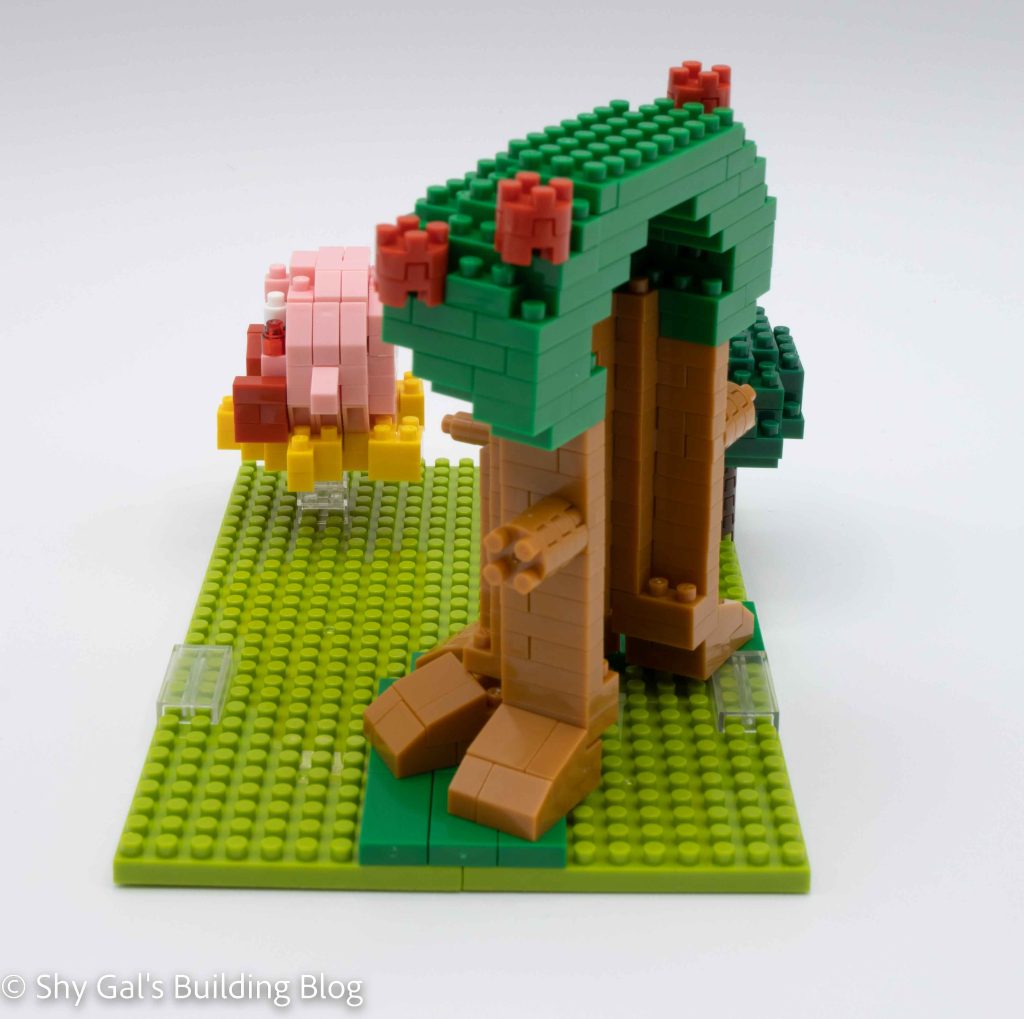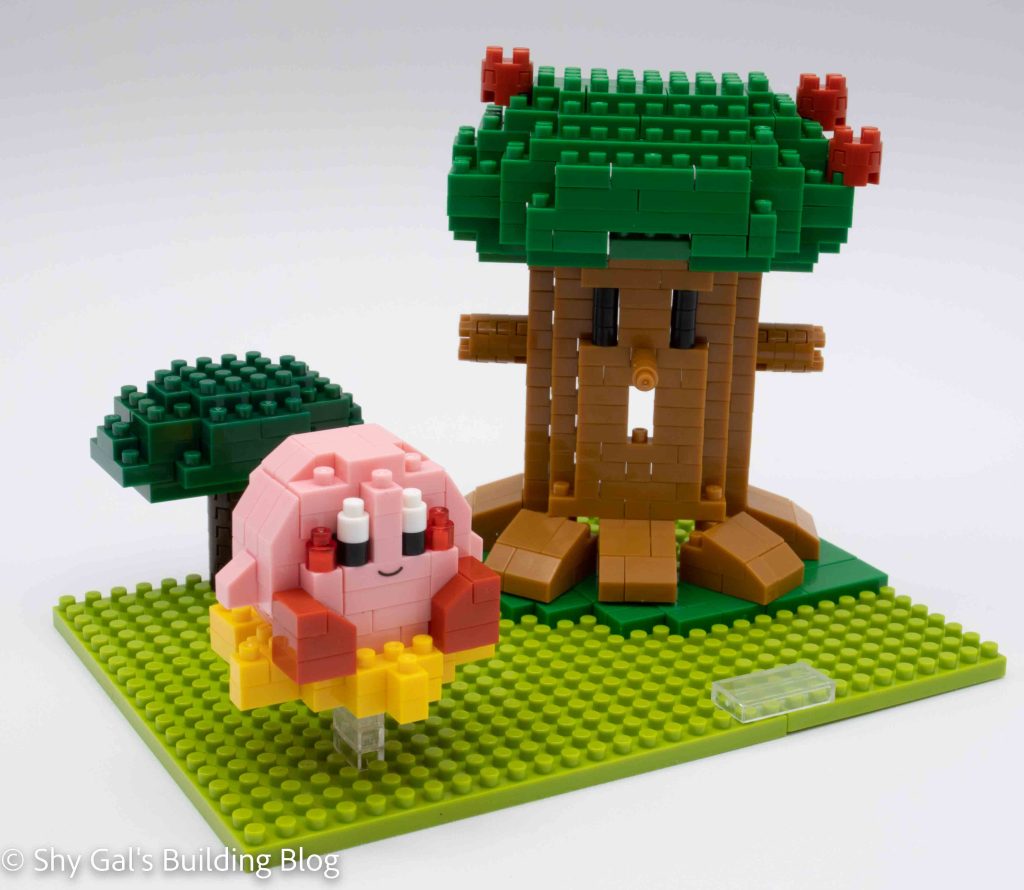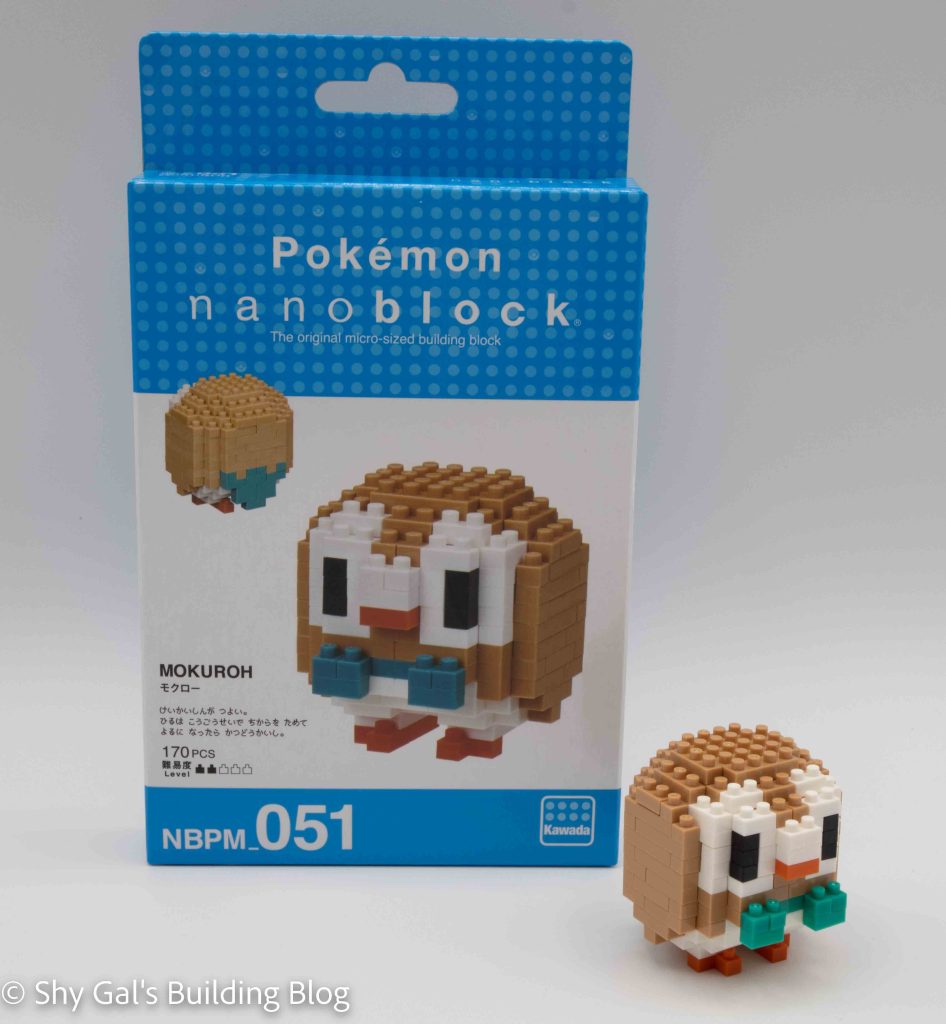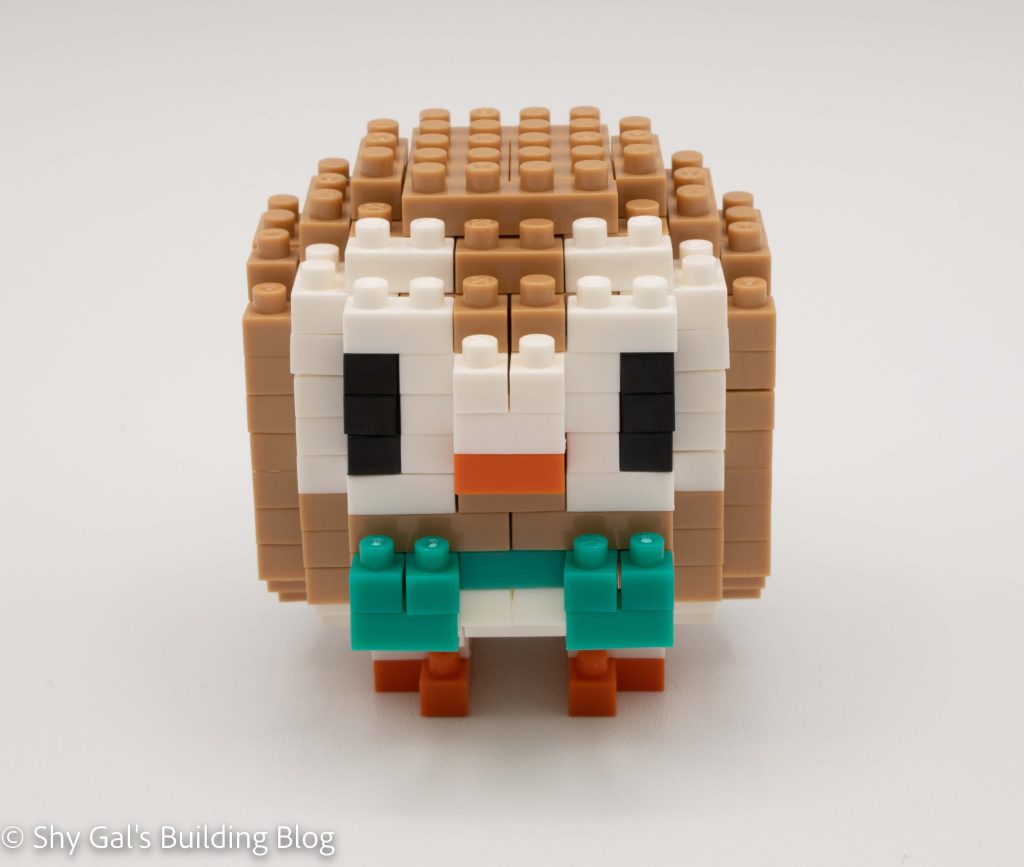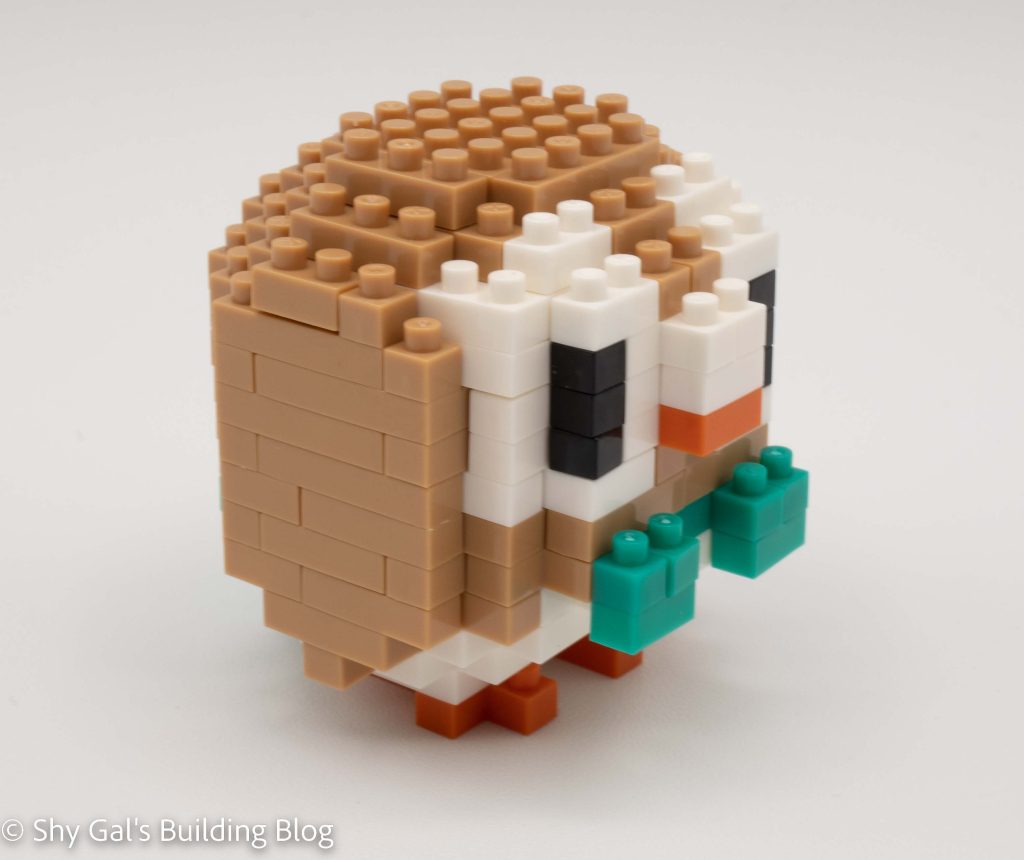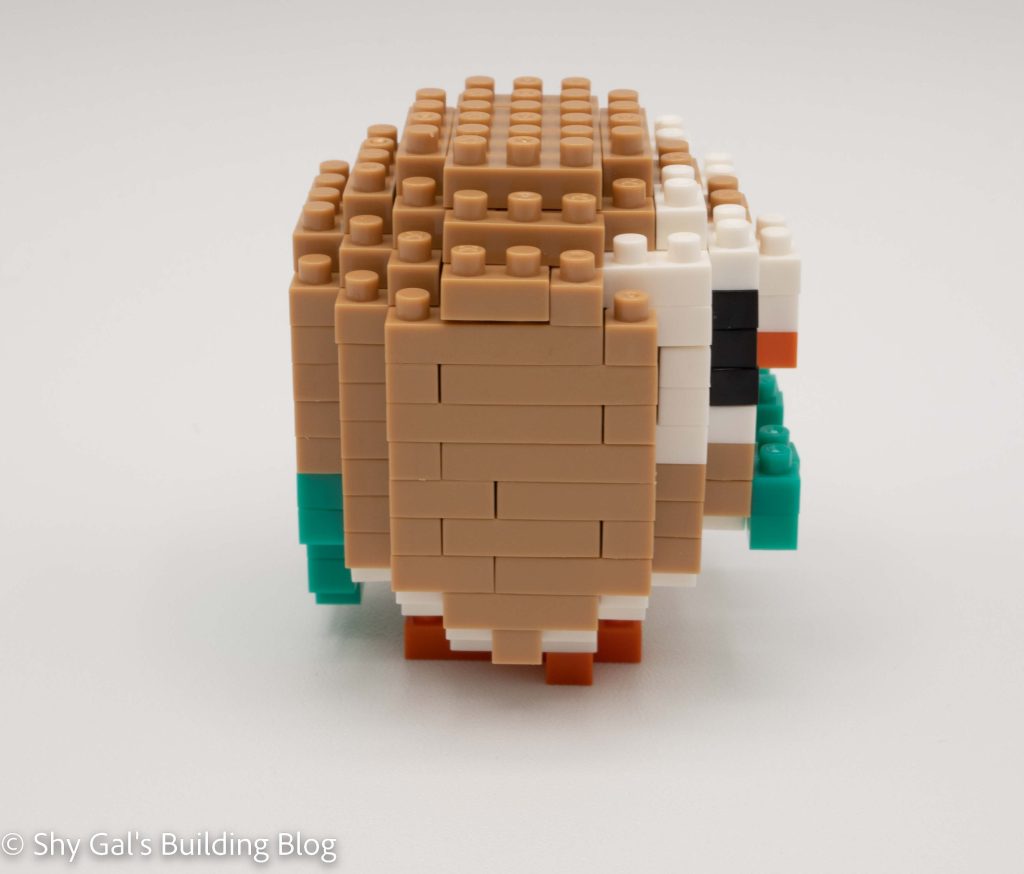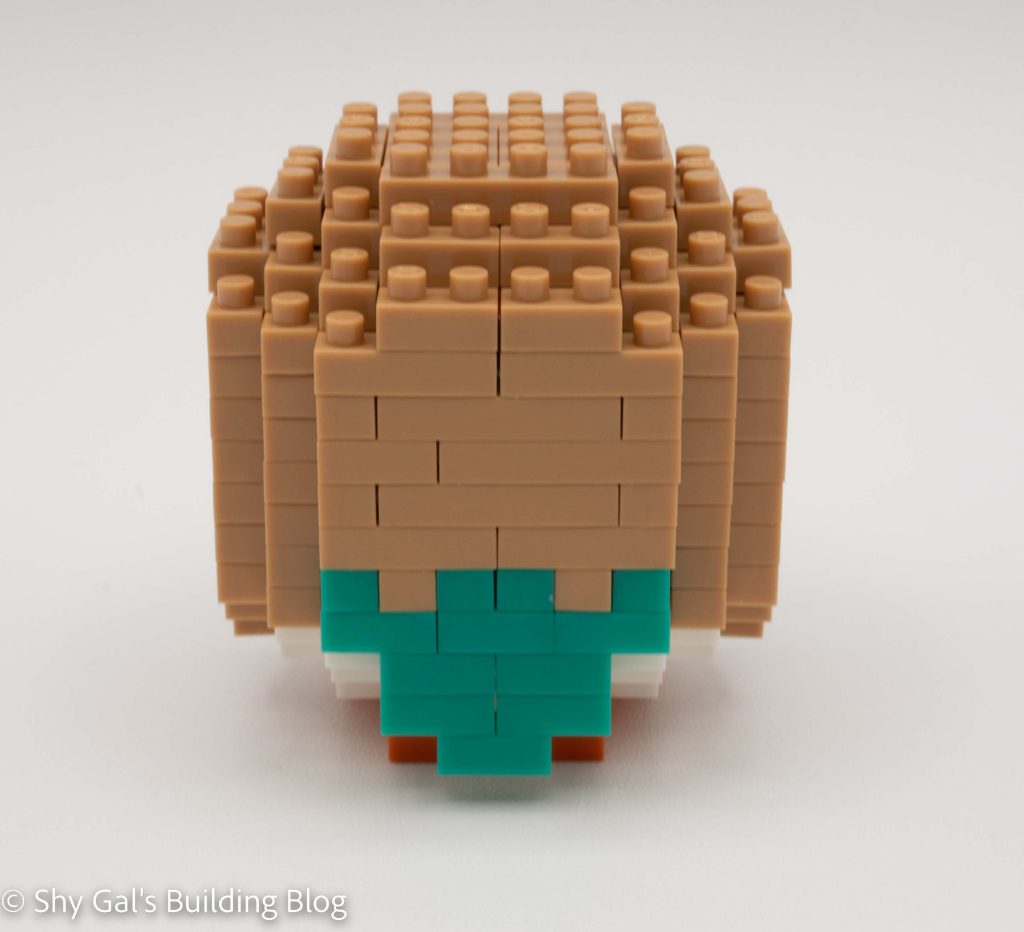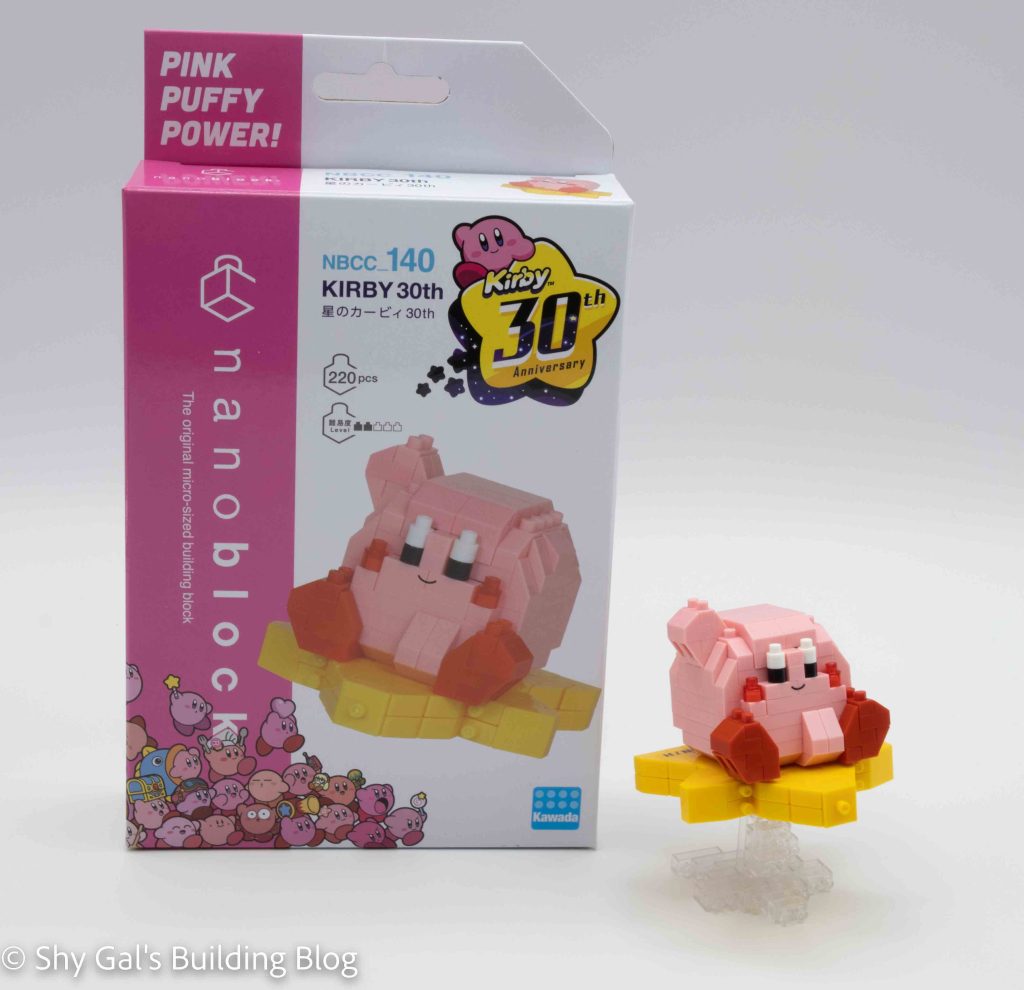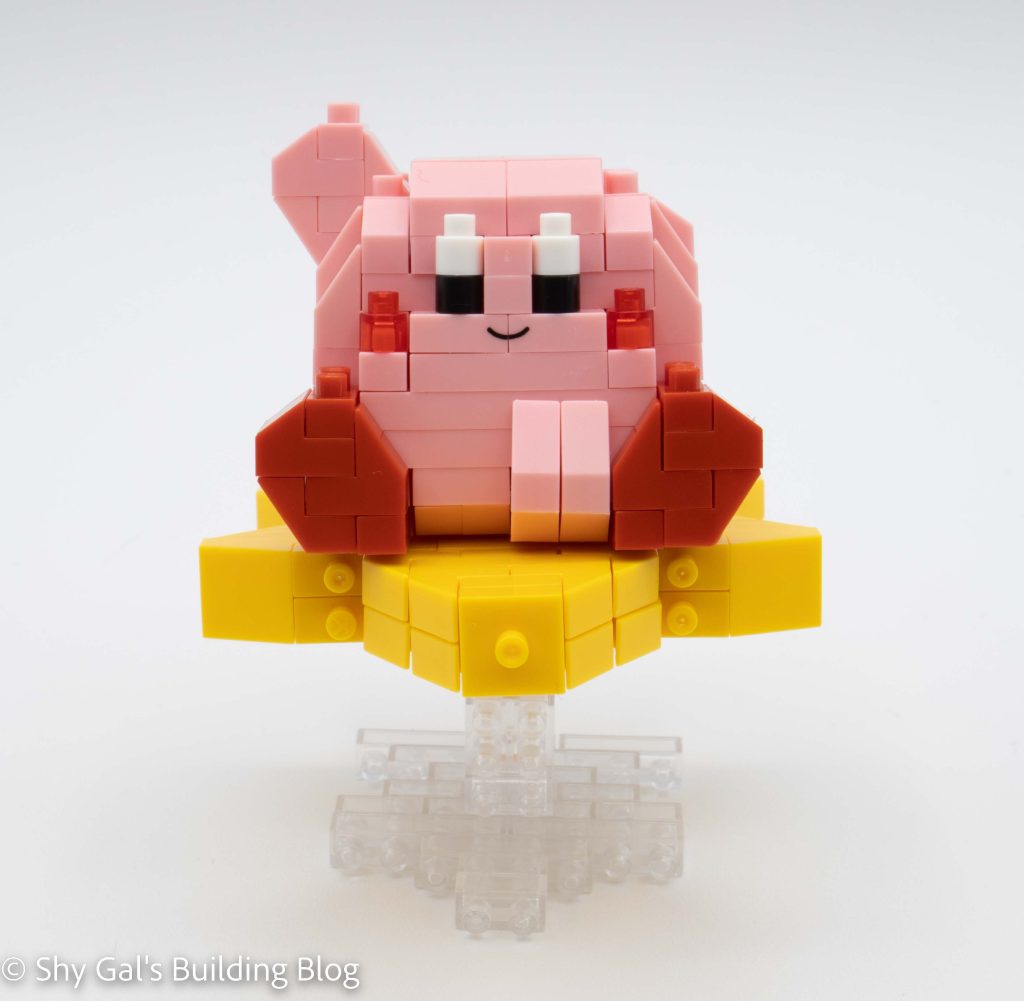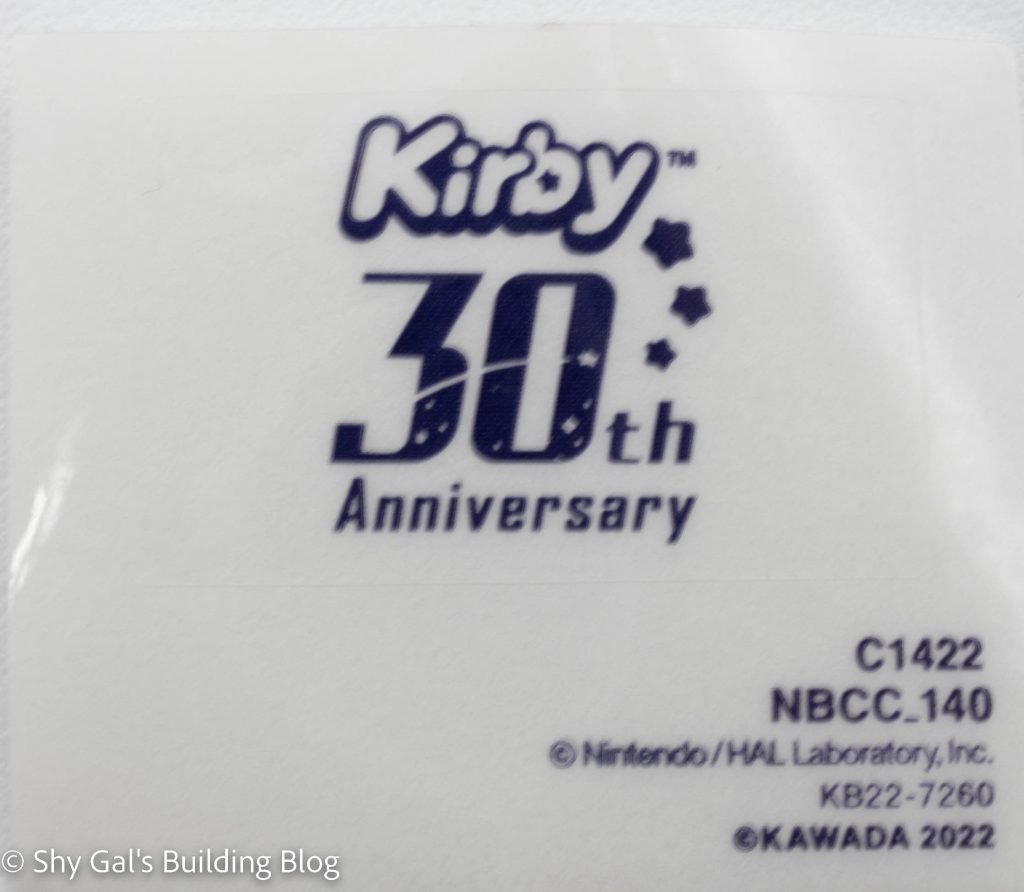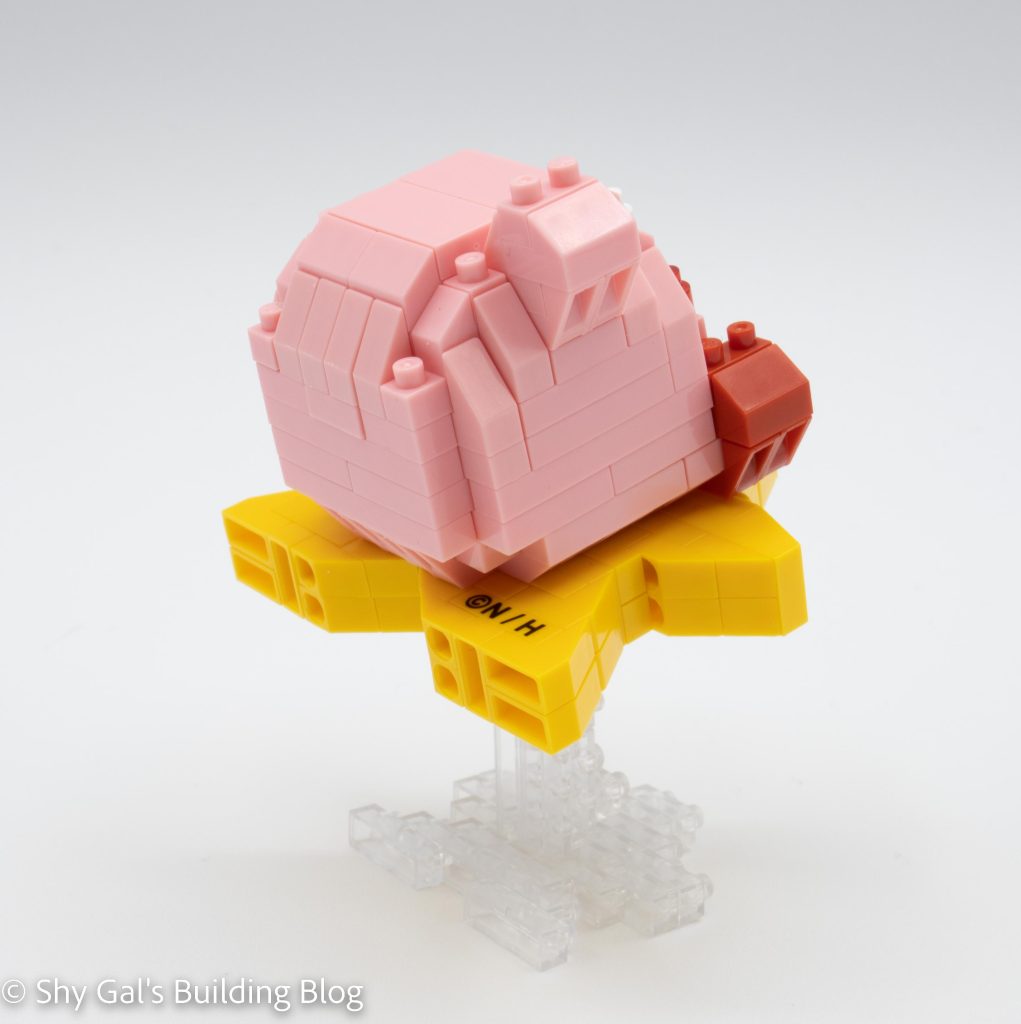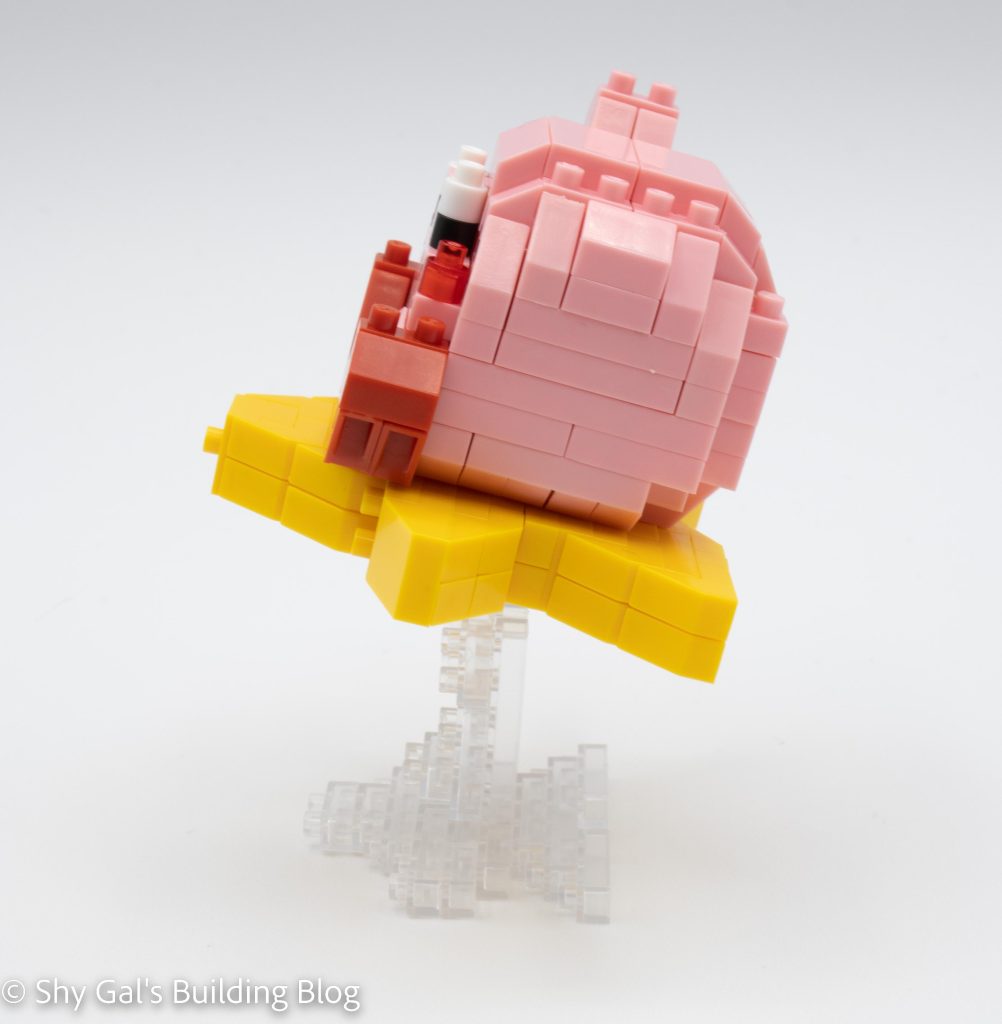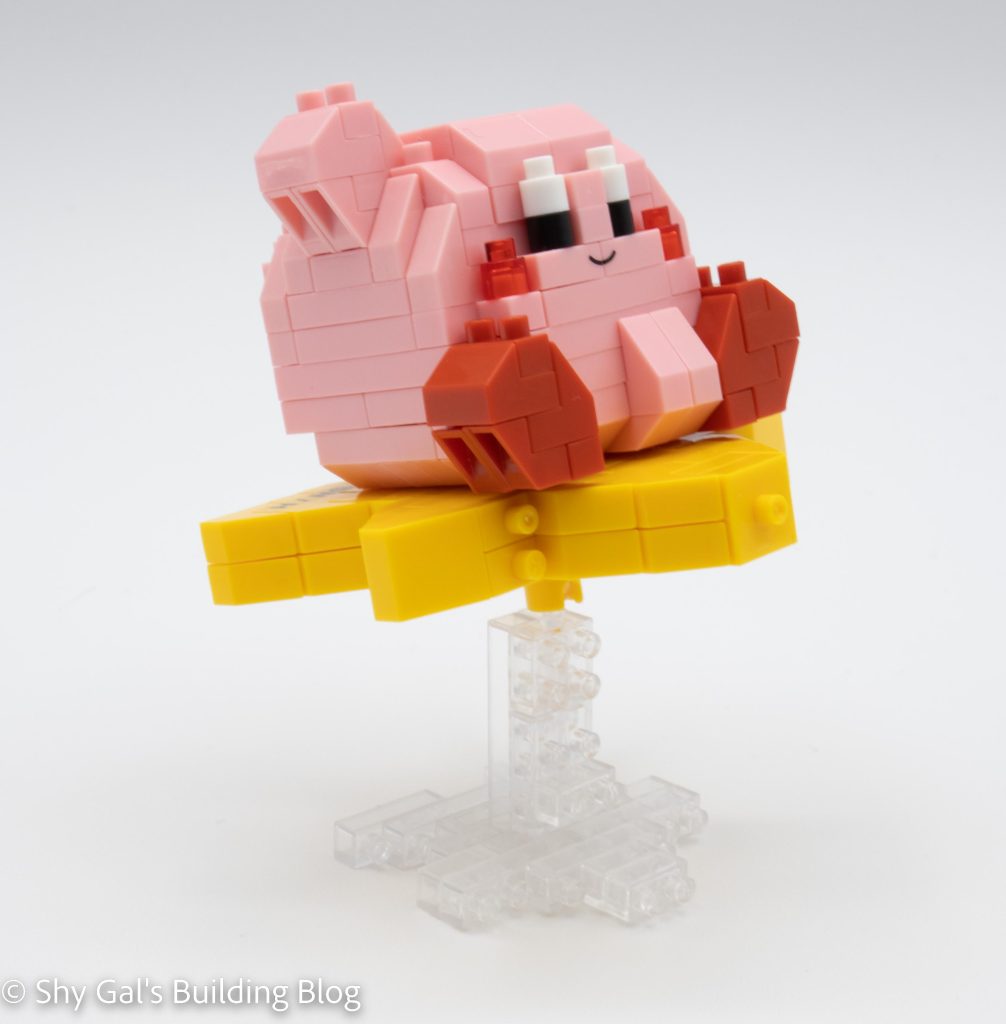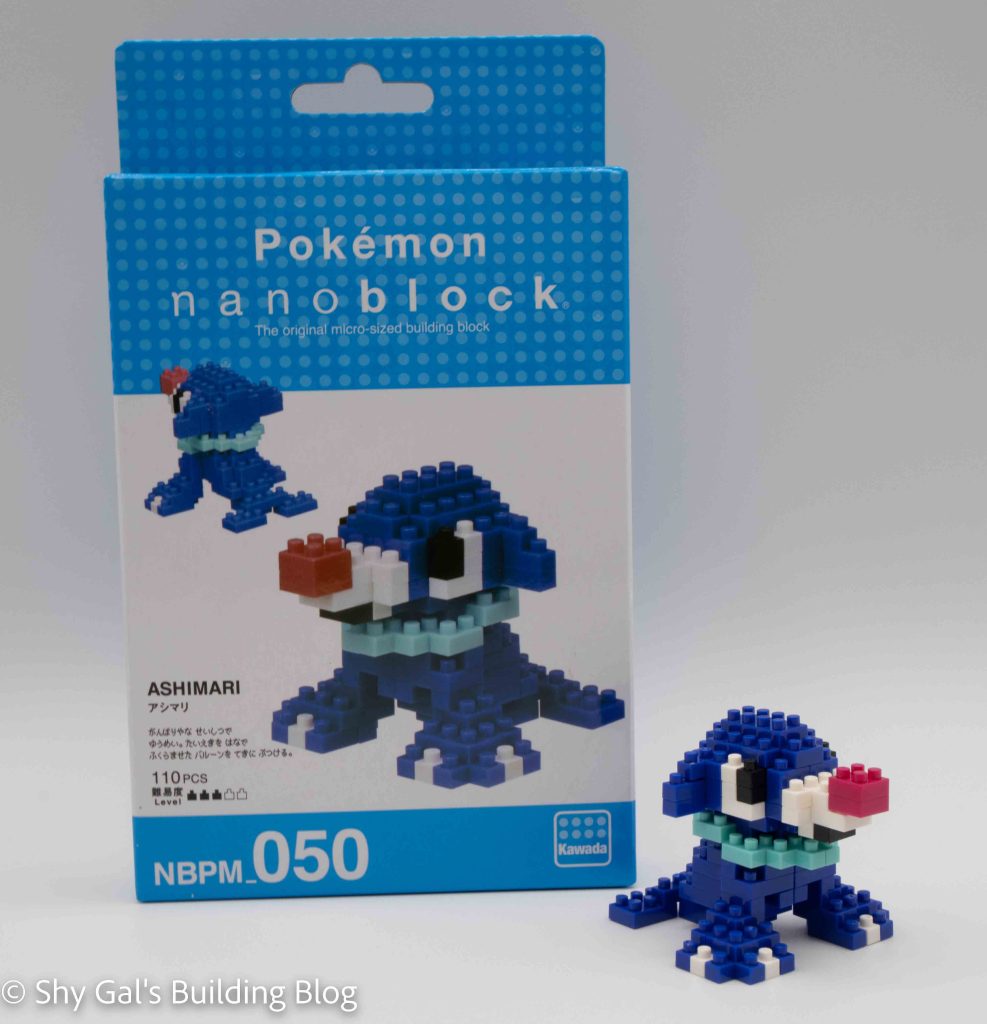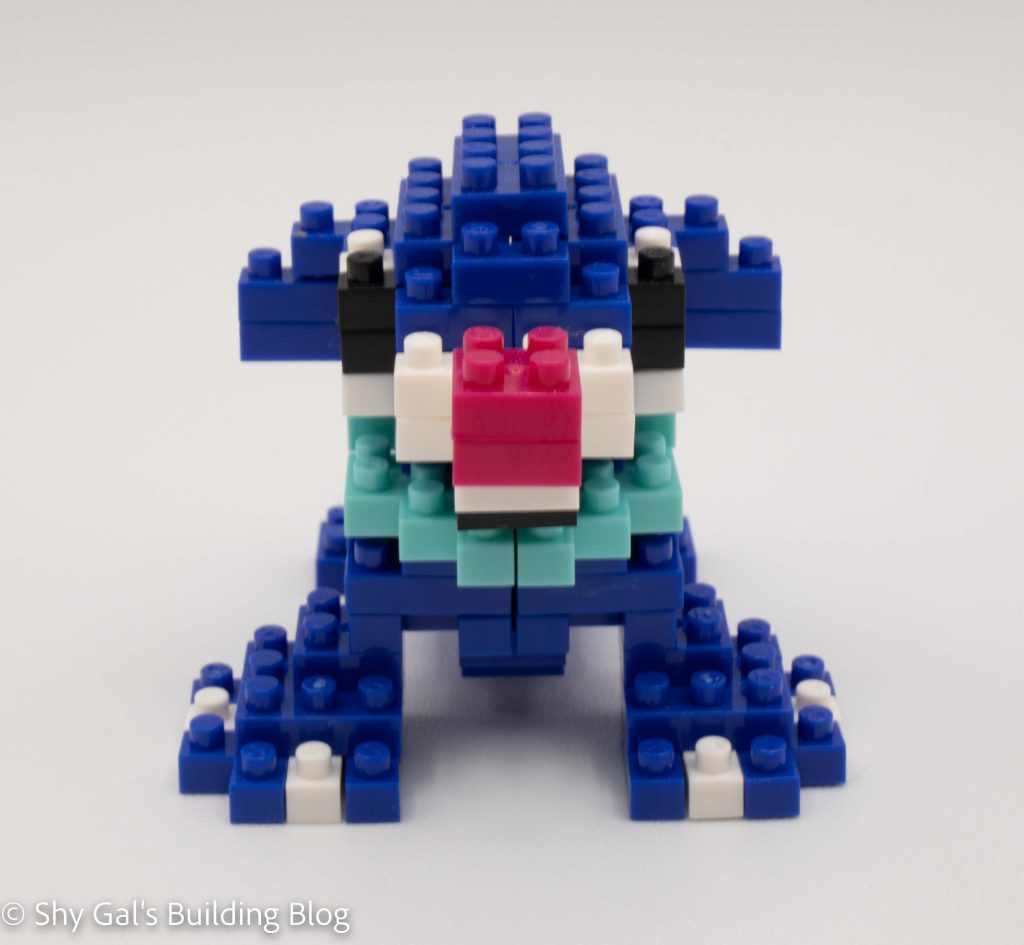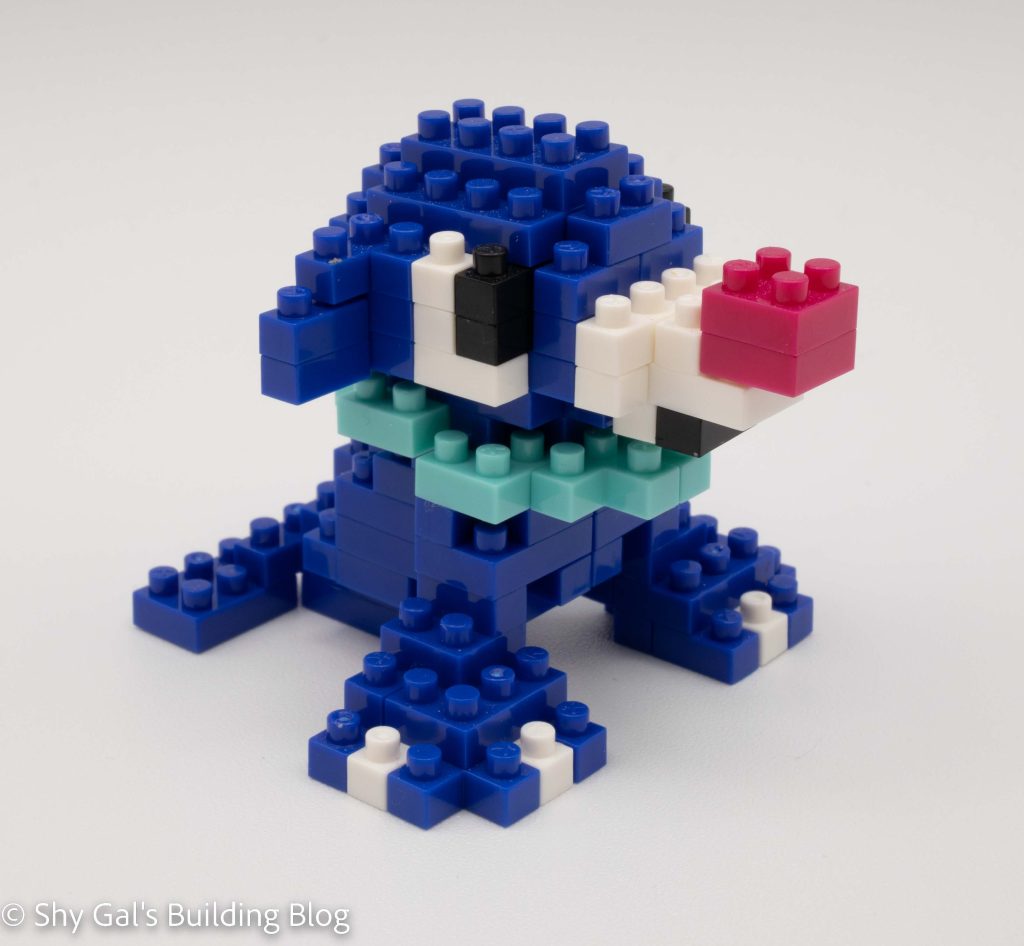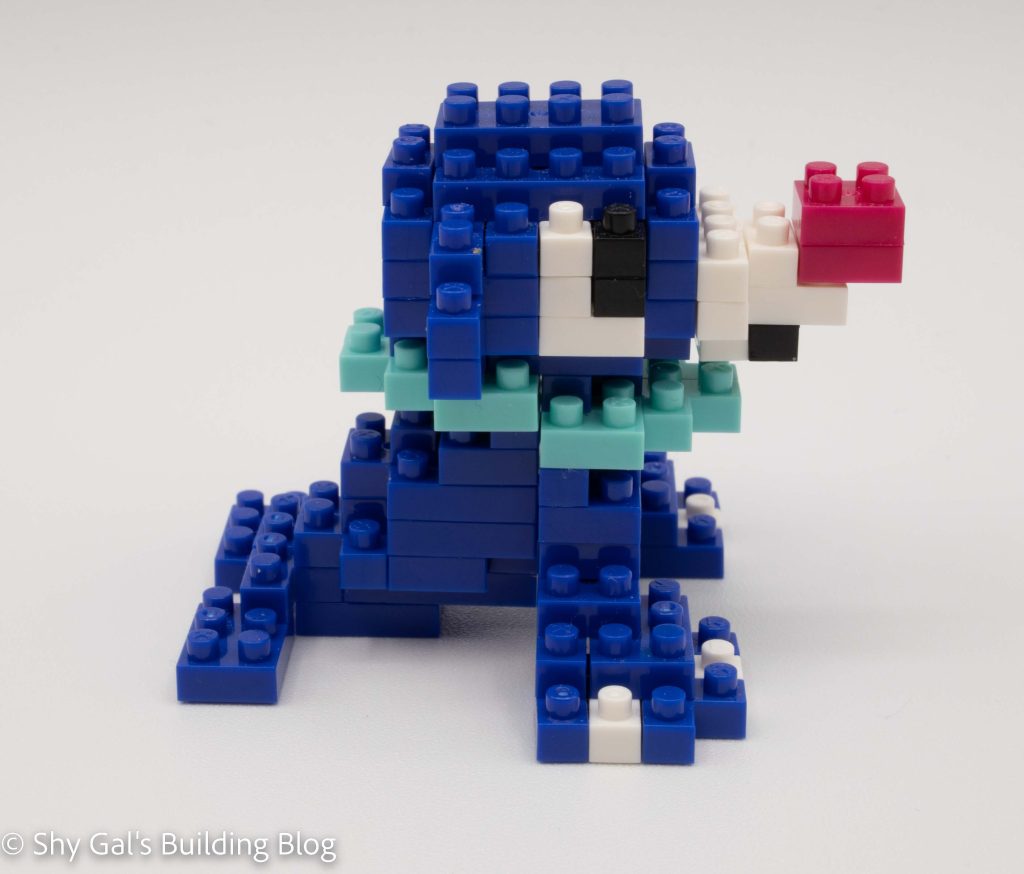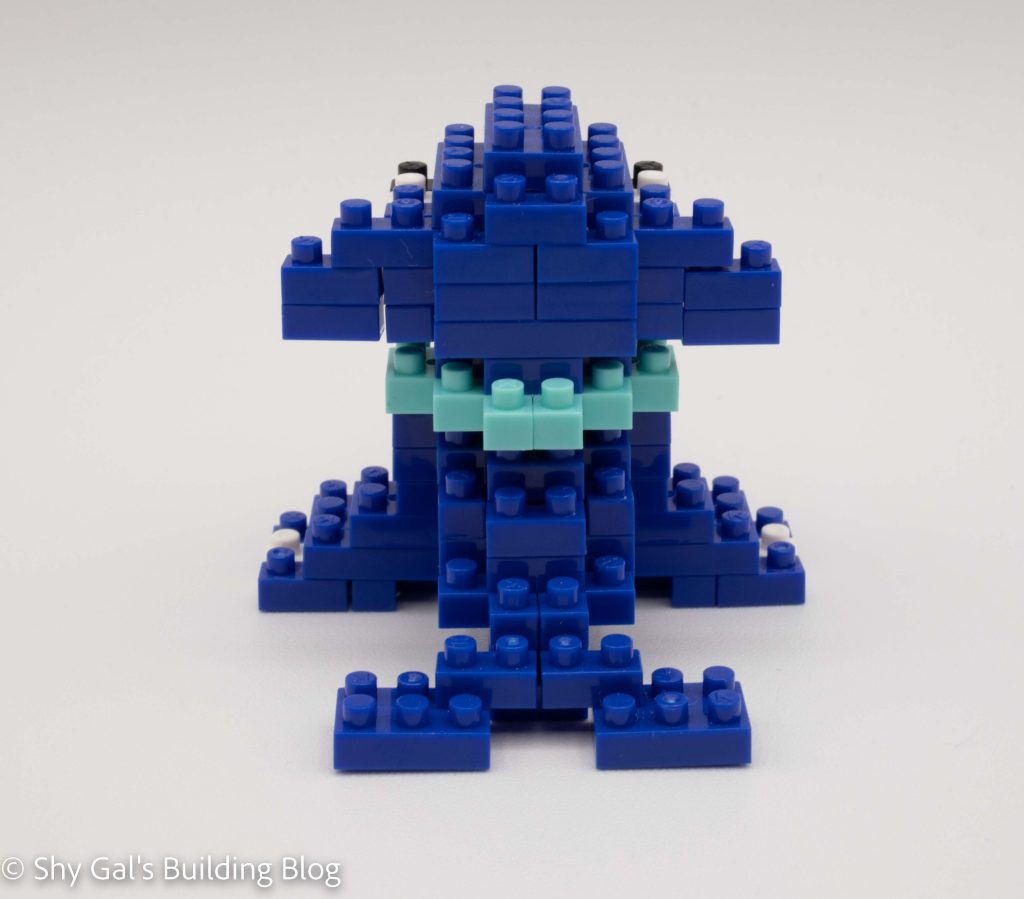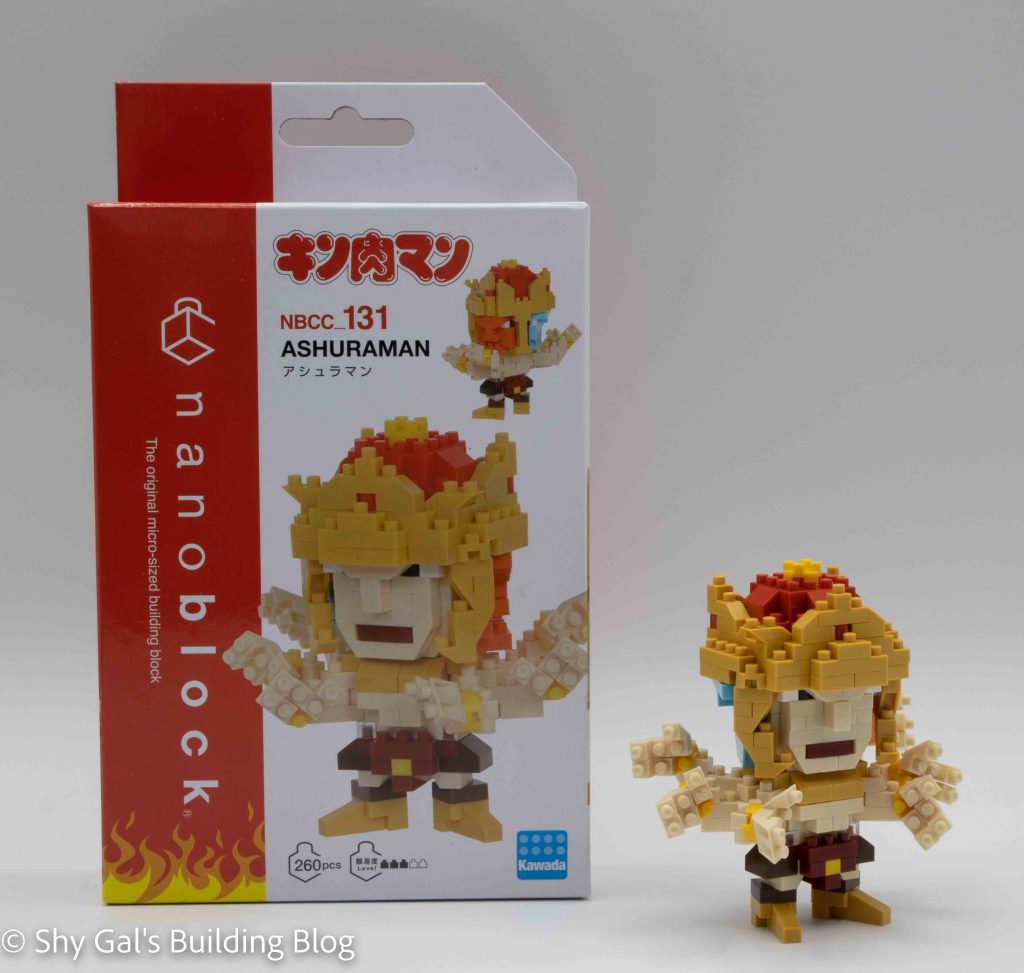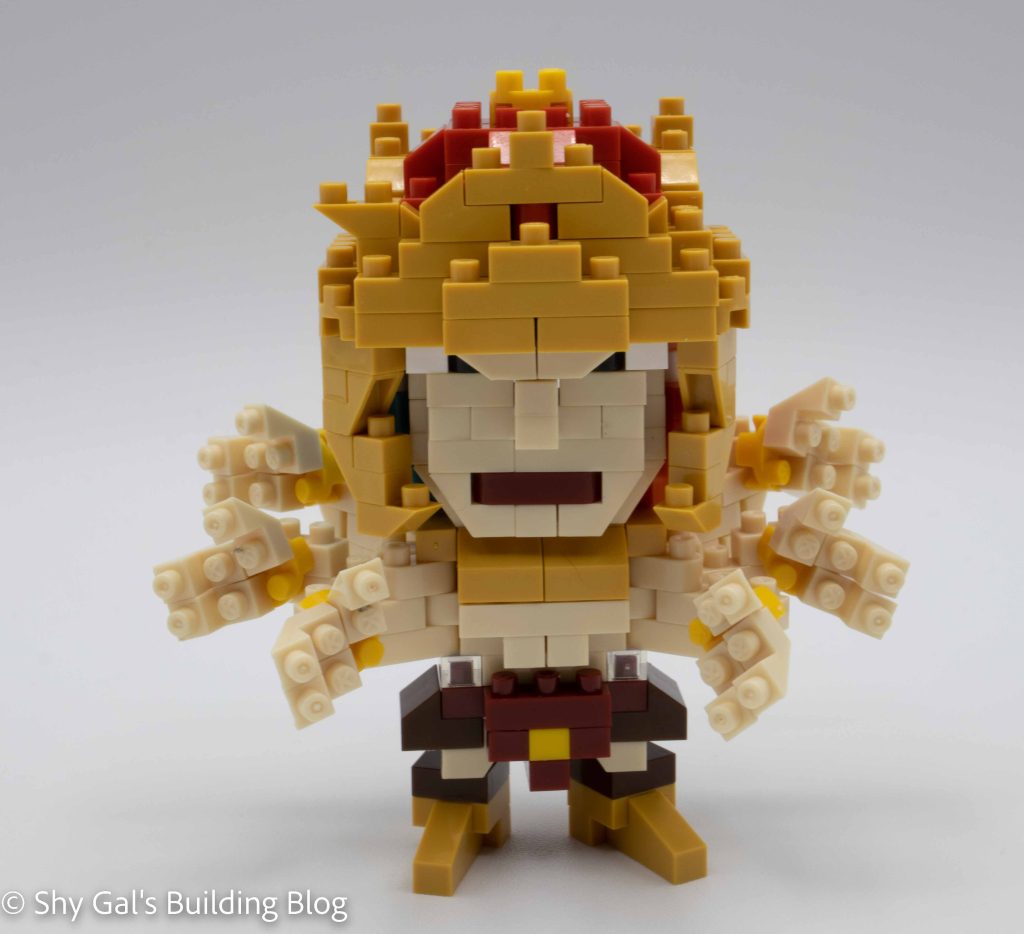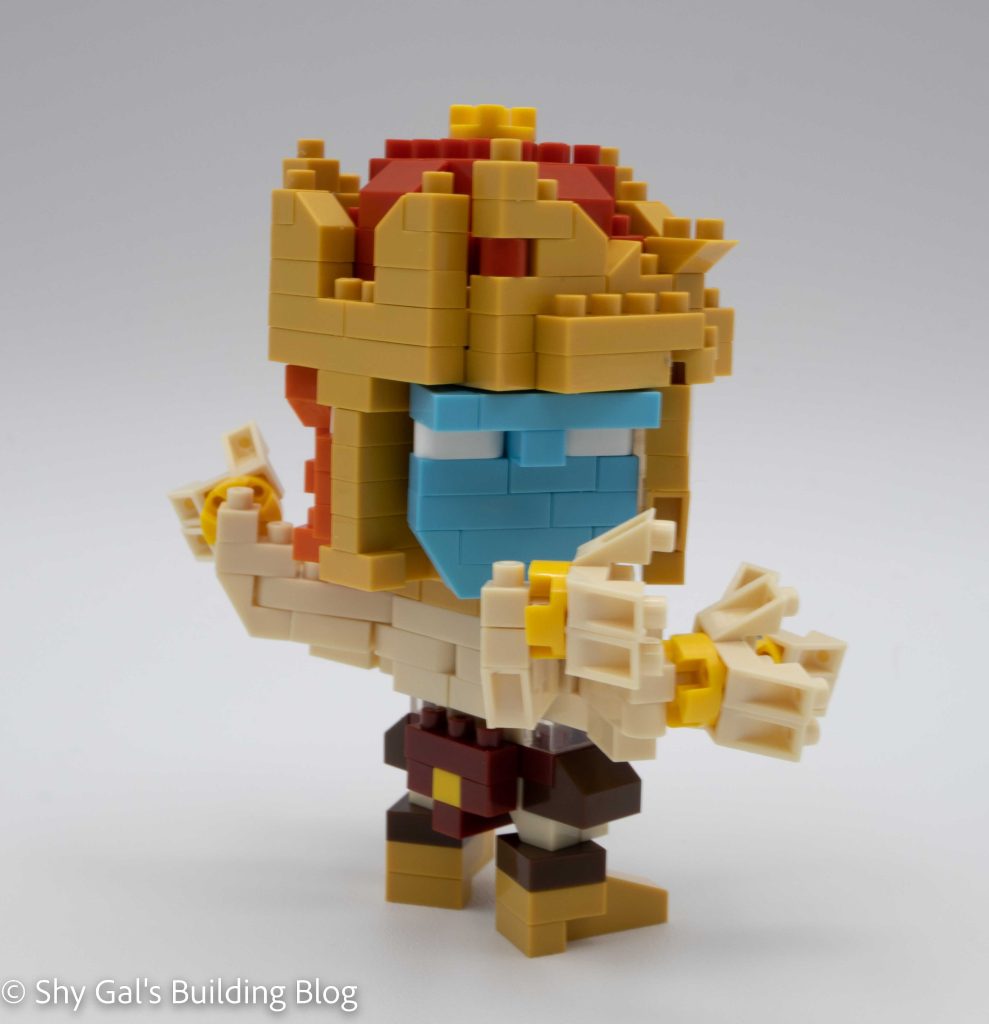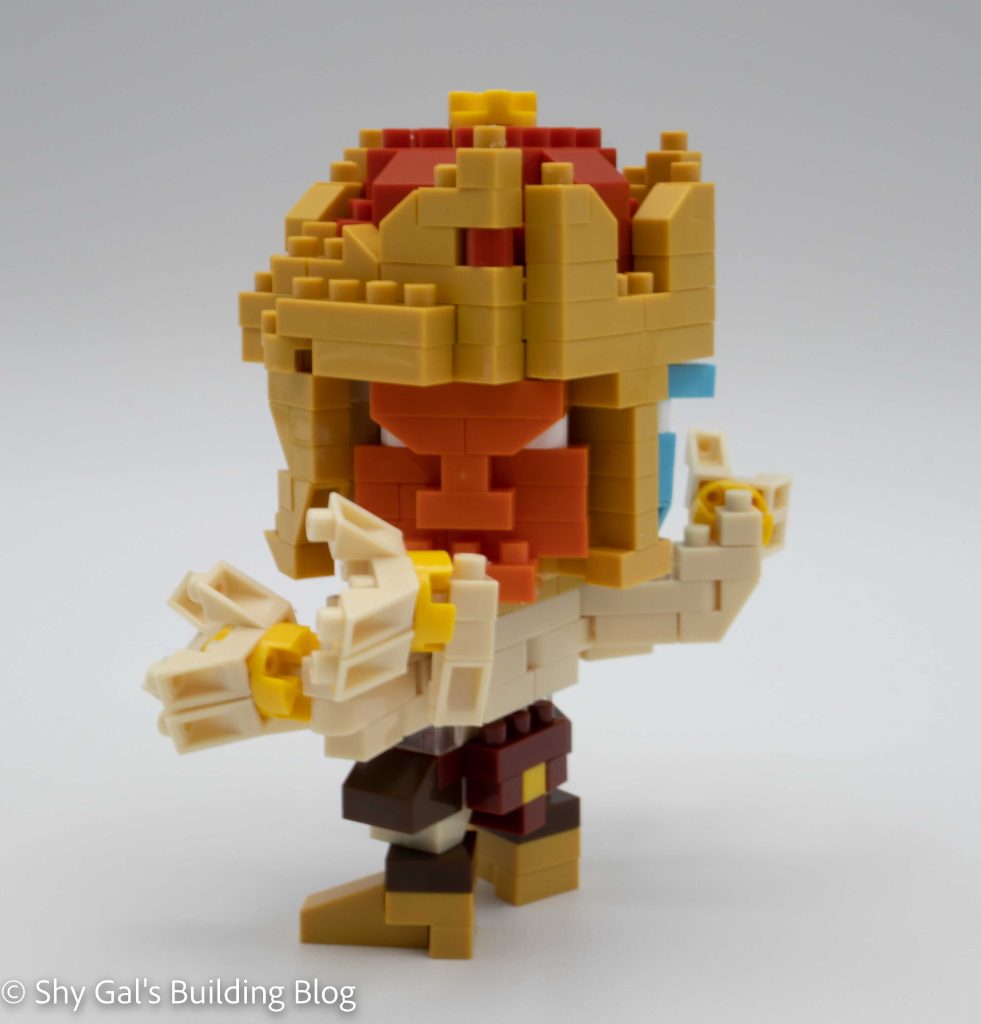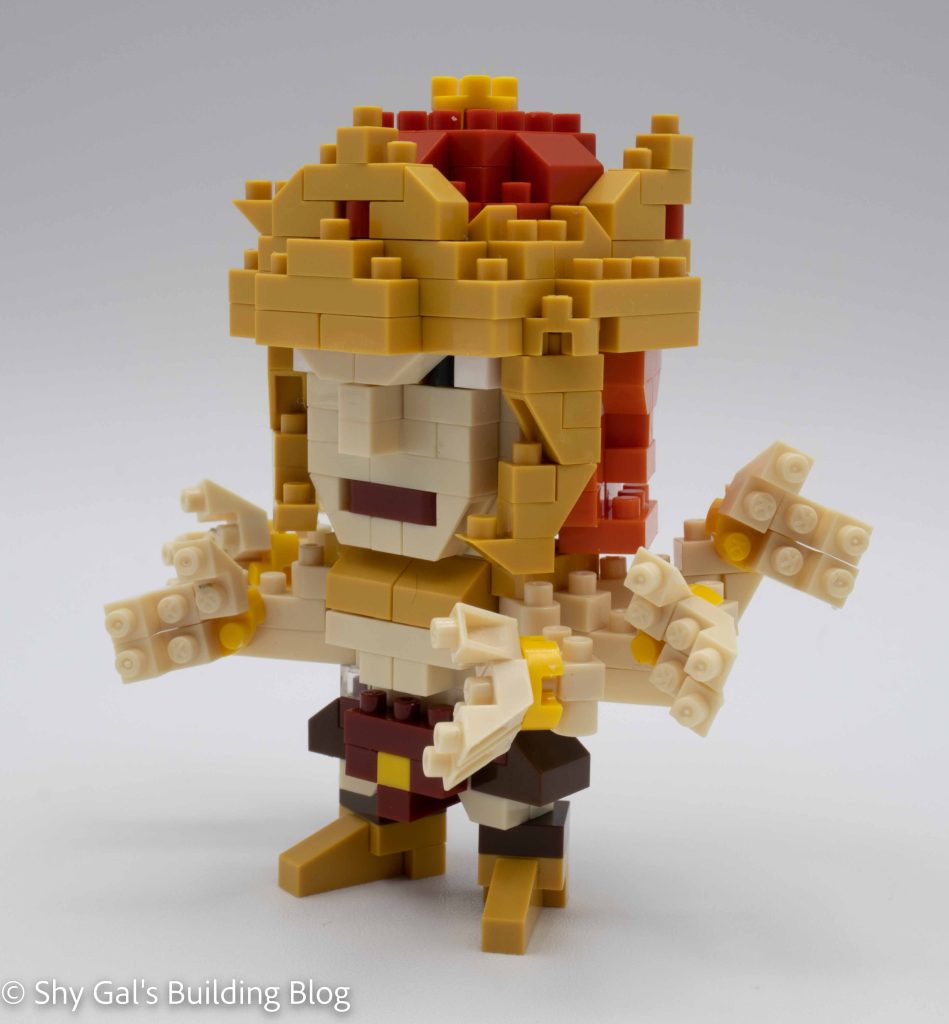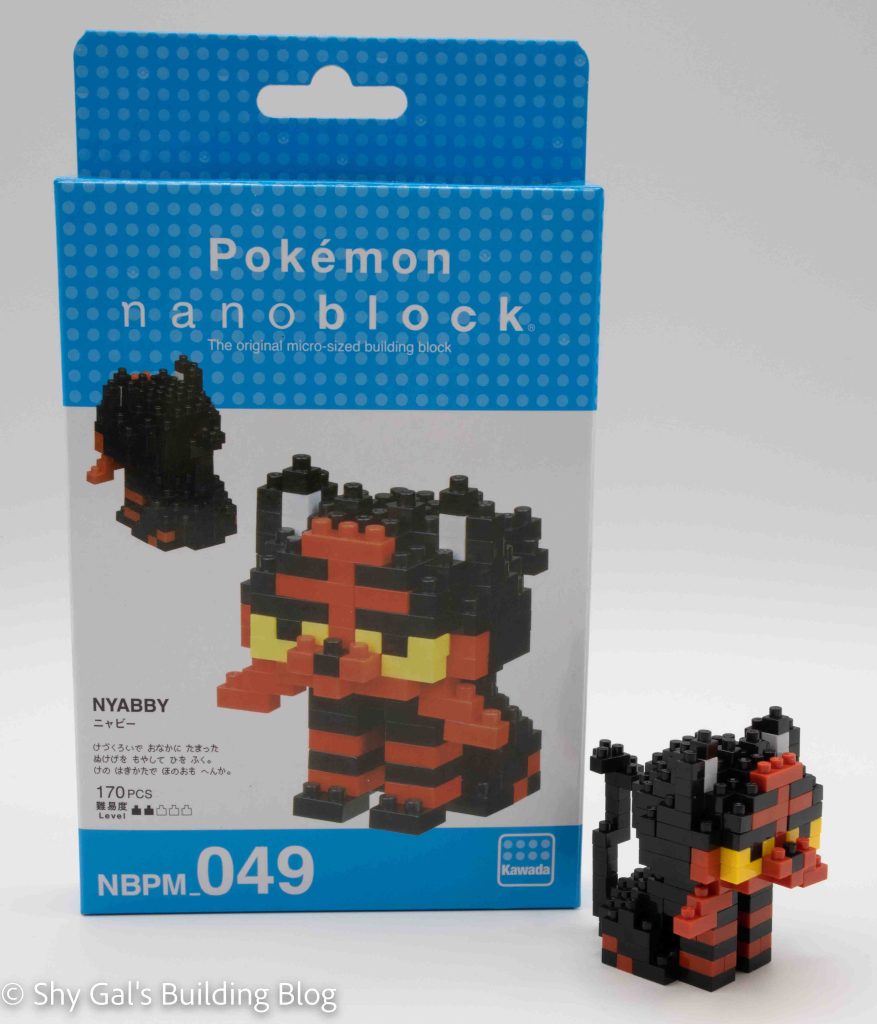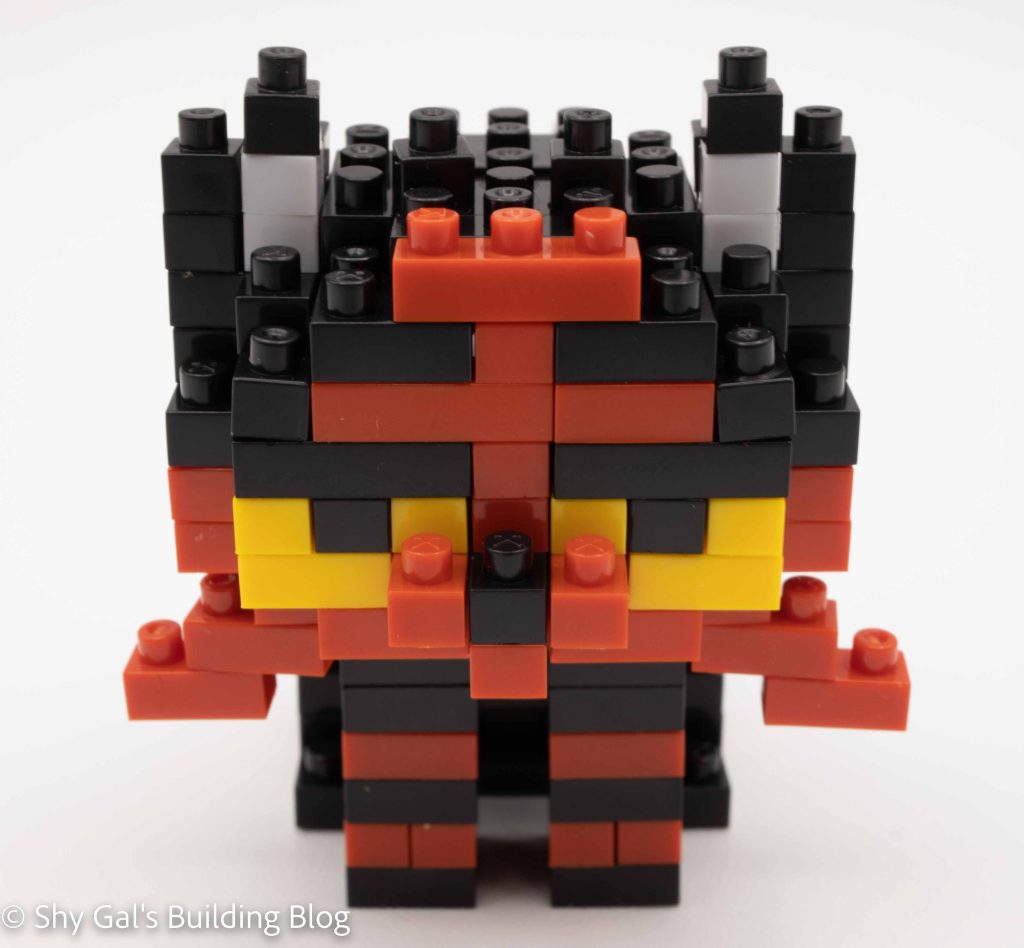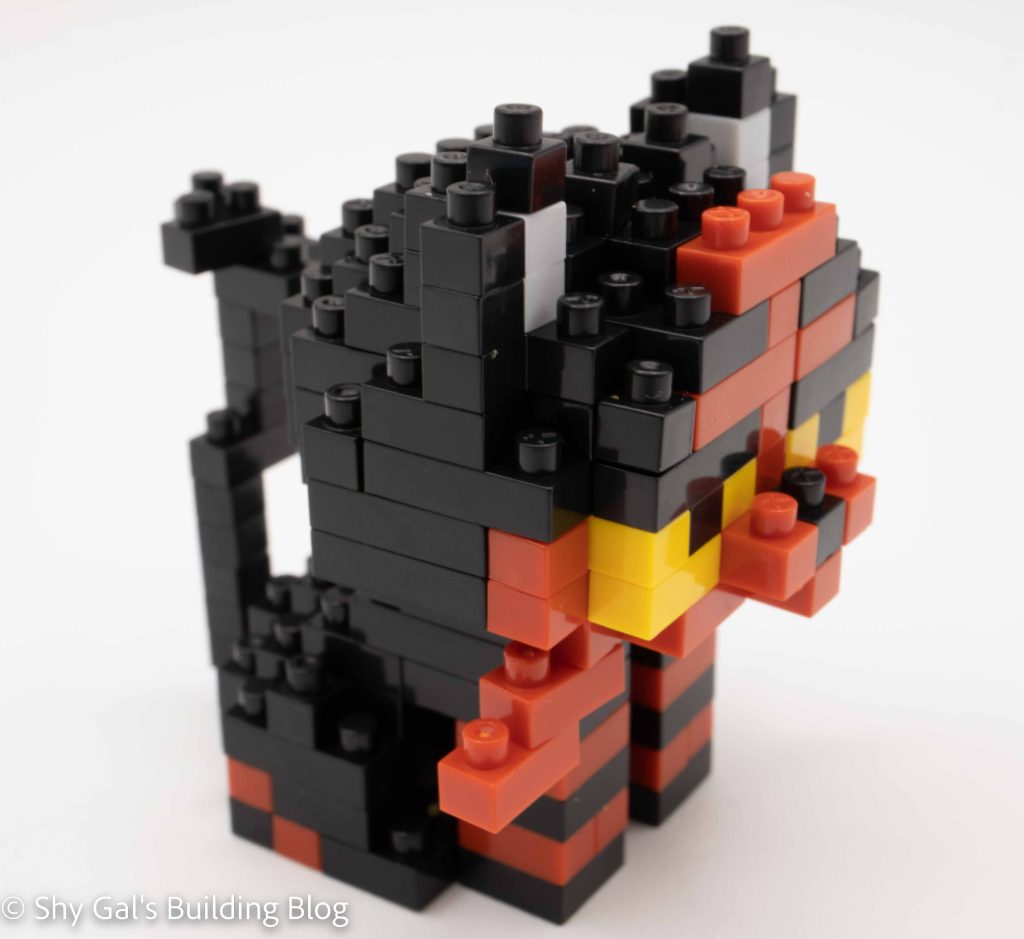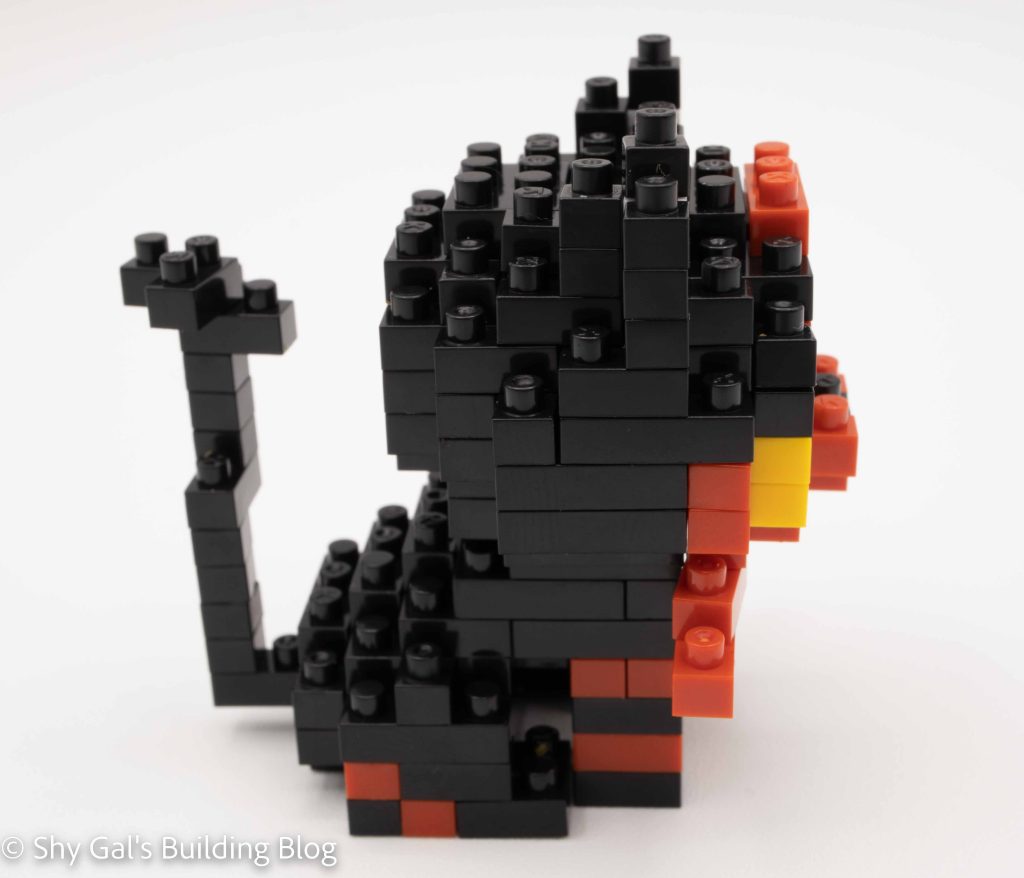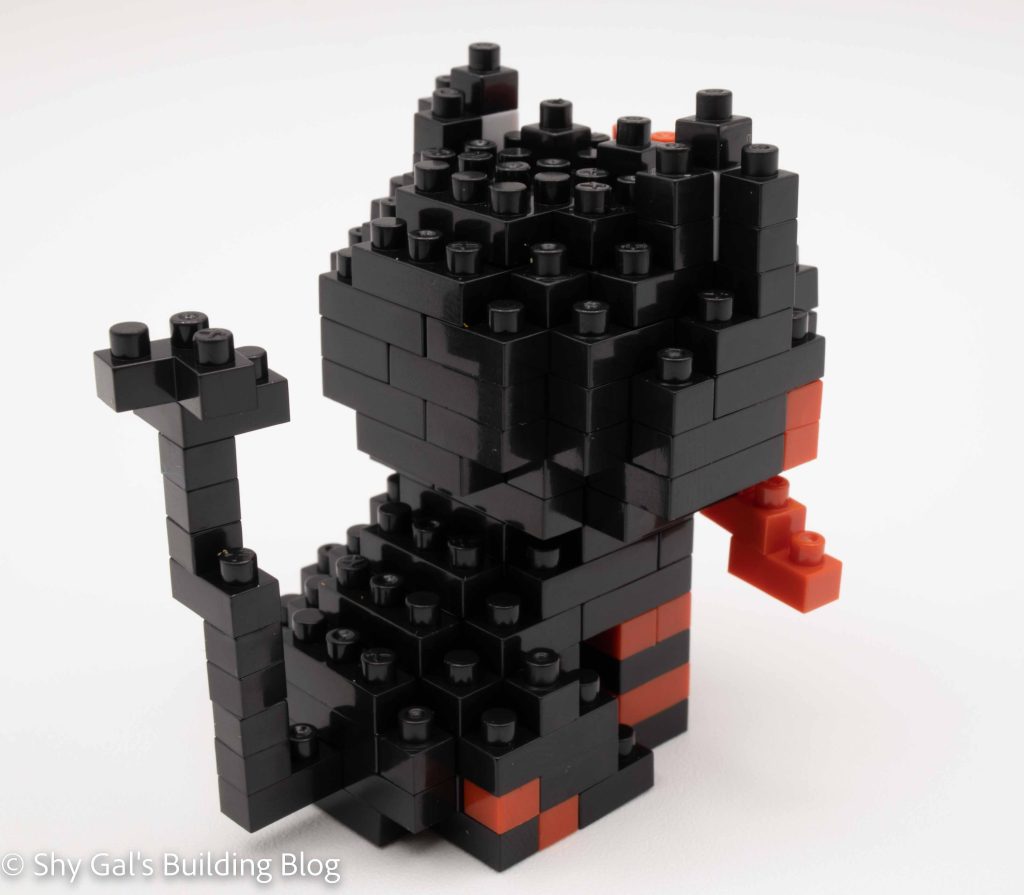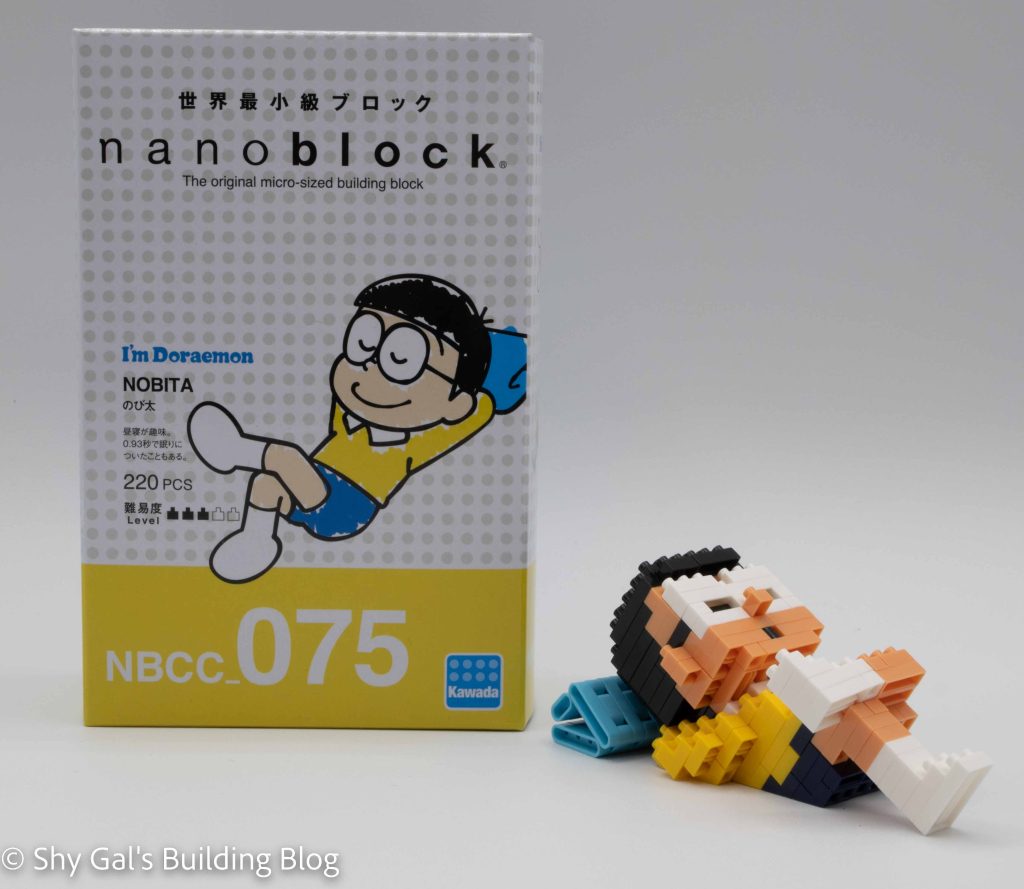
This post is a review of the nanoblock Nobita build. Nobita is part of the nanoblock Character collection. Wondering what else is part of the Character Collection? Click Here for a list.
Number: NBCC_075
Number of Pieces: 220
Difficulty Rating: 3/5
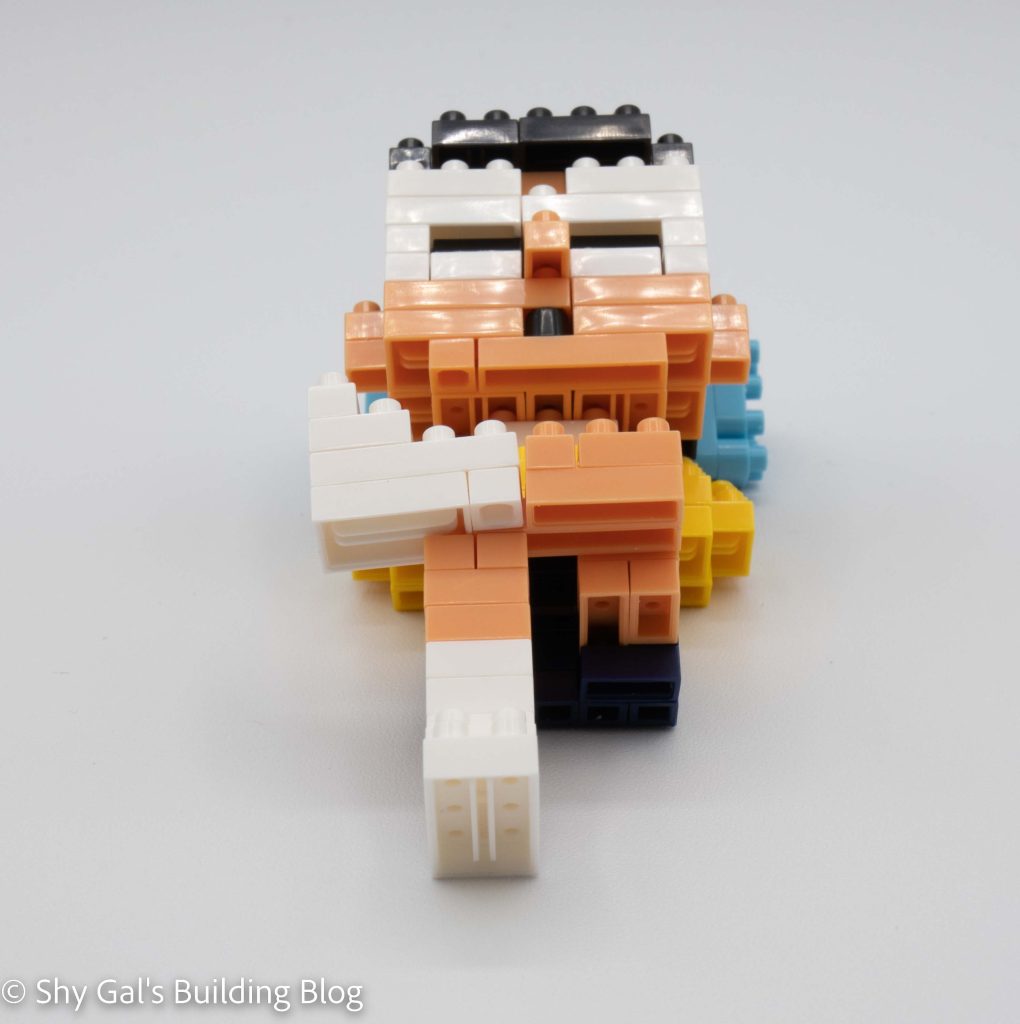
Nobita is the protagonist of the Doraemon series. He is lazy, which really bothers Doraemon. For more information about Nobita, check out the Doraemon wiki page about him here. This is the second nanoblock kit for Nobita and has him lying down instead of standing up like a normal nanoblock build.
This is an unusual build because instead of the final model standing, the final build is lying down on his back. This is created using the bricks that I call the steps. They are the bricks that are 1×2, but one stud is a brick higher with a slanted connection.
This nanoblock build is made up of the body, the head, and a little pillow.
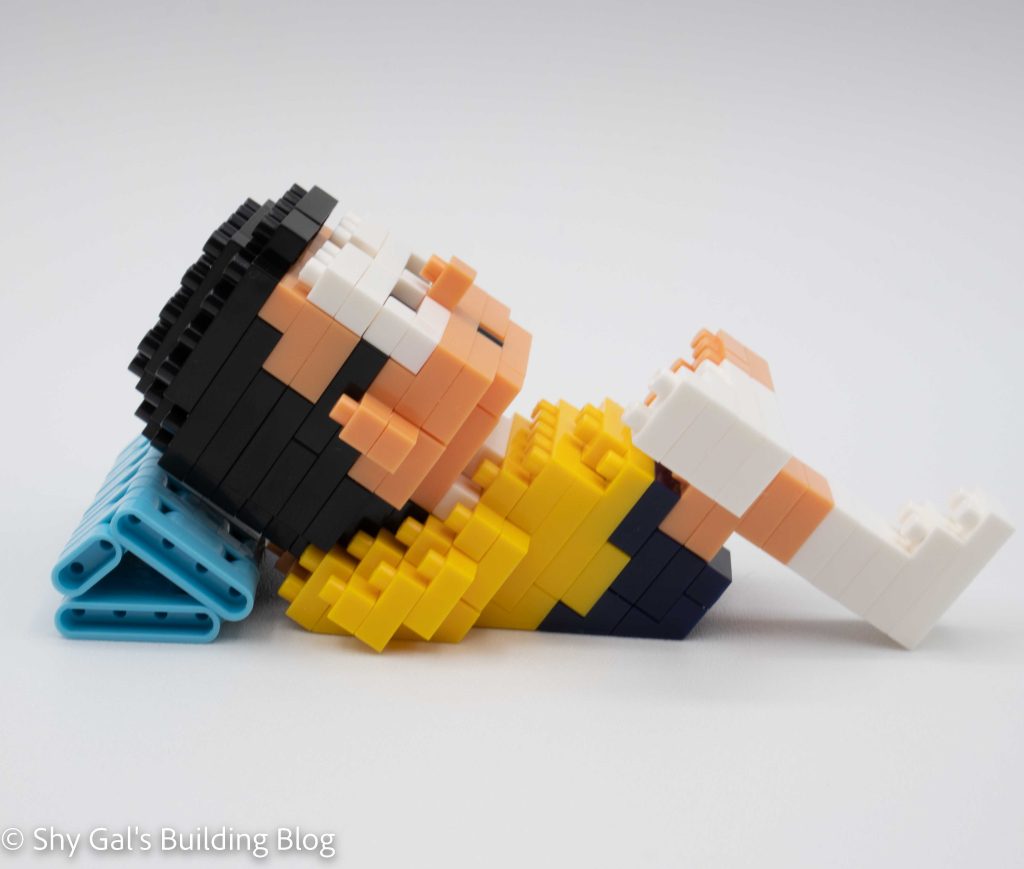
The body begins by building a base layer. It begins using step bricks to create Nobita’s back. You make the body in layers. You eventually add the leg that crosses over the body. You keep adding onto the body with each layer, adding a step brick to create Nobita’s back that finished build will lie on. The body ends with completing the arms that go around the back of the head.
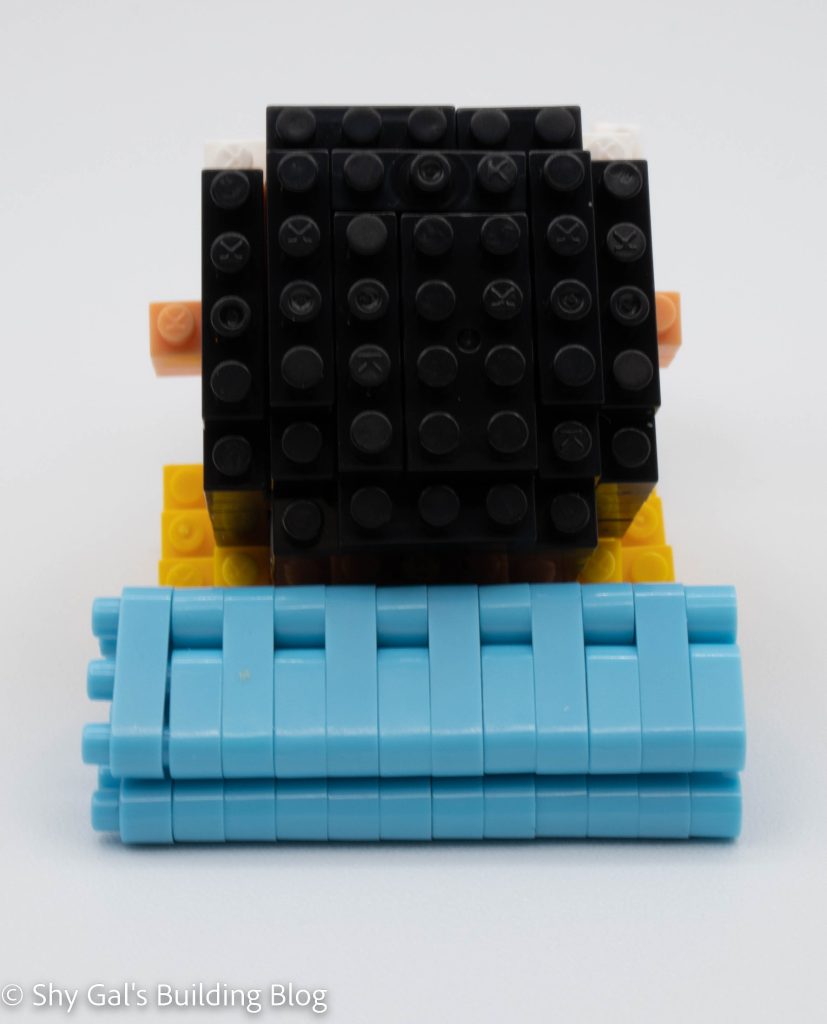
The other major piece of the build is the head. Like the body, the head is built in layers. The head is very straightforward. There are nice details to create the mouth and glasses. I also like how the eyes are a little inset which adds to the various details of the build.
The final build is a pillow for Nobita to lie on. It is simply a stack of rounded blue bricks that you curl around to make a triangular pillow.
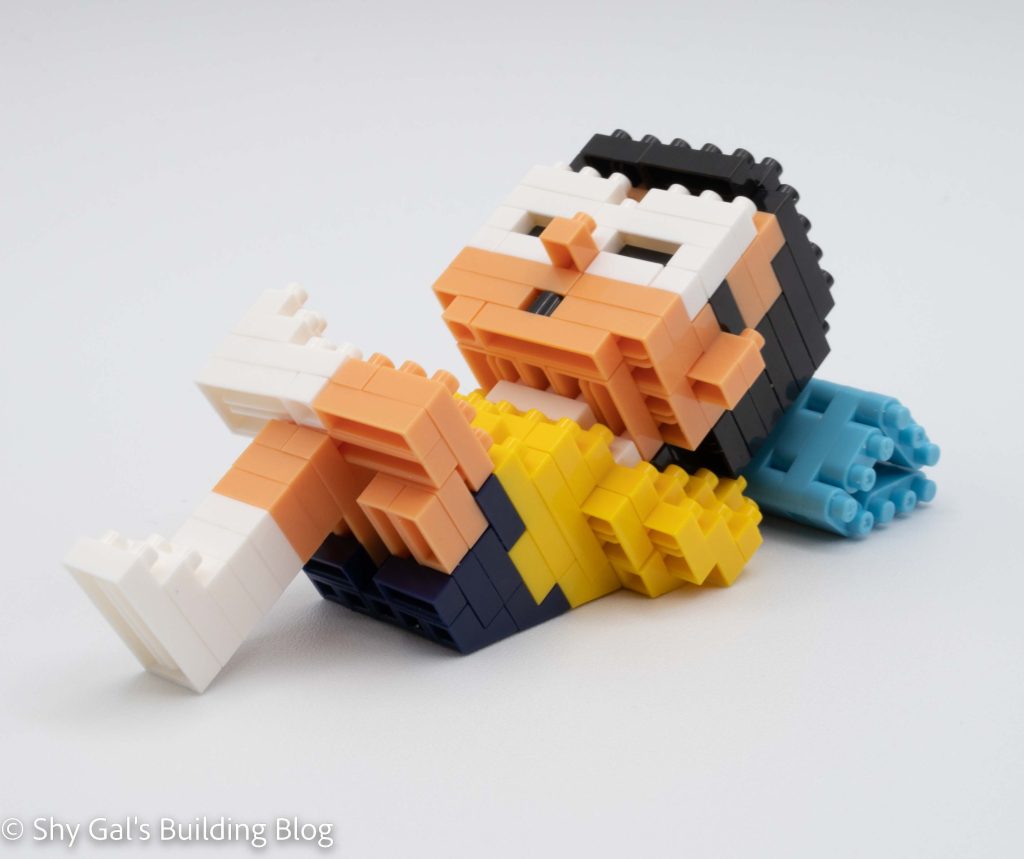
Things I liked:
- The positioning of Nobita is very unique for the nanoblock characters
Things I didn’t like:
- That the navy and the black bricks were in the same bag
